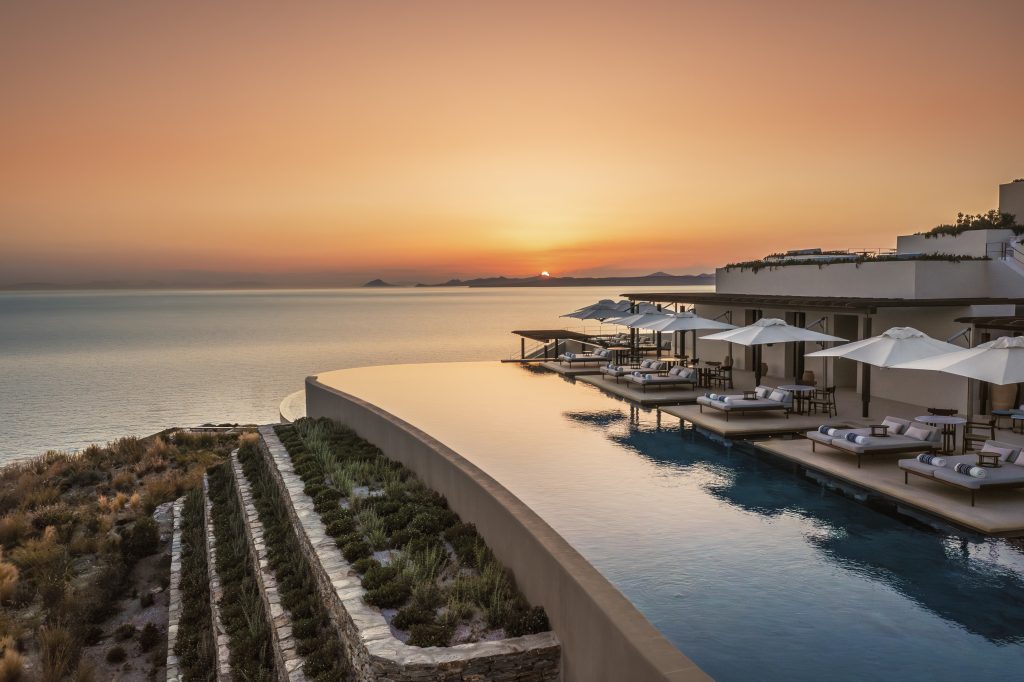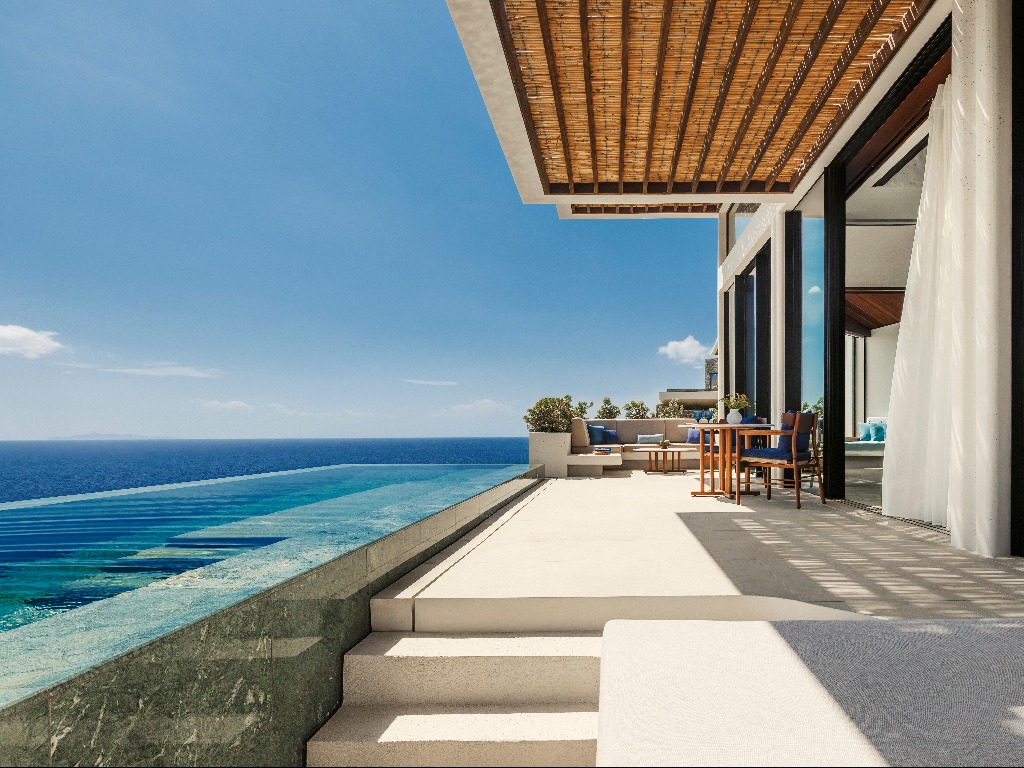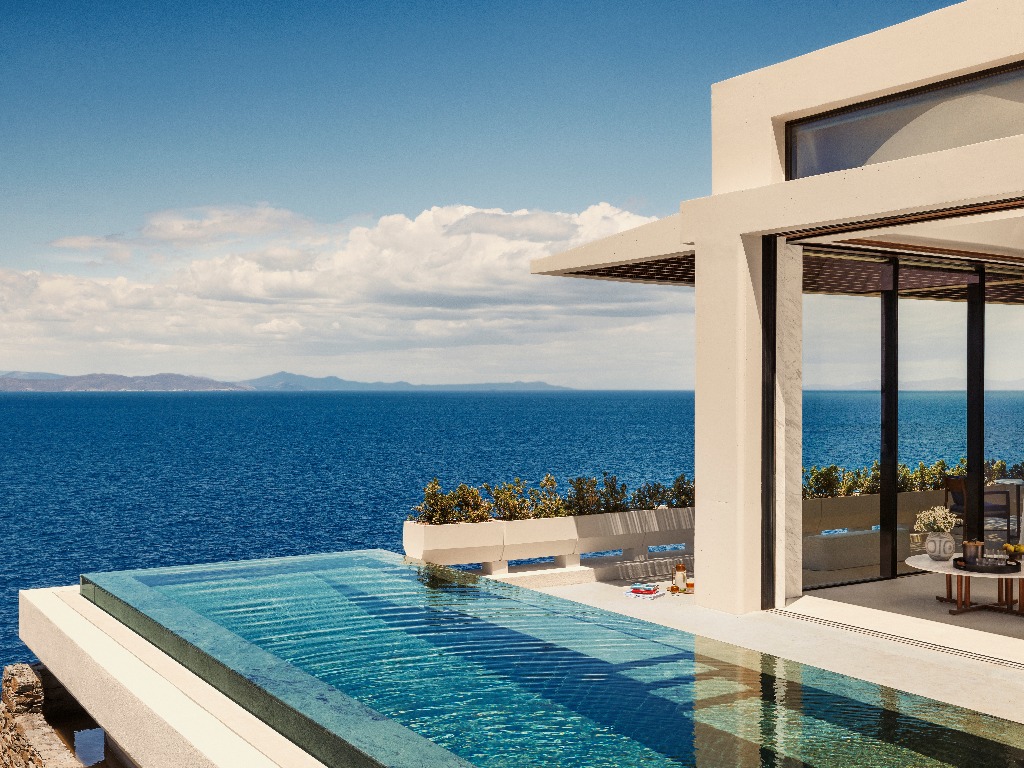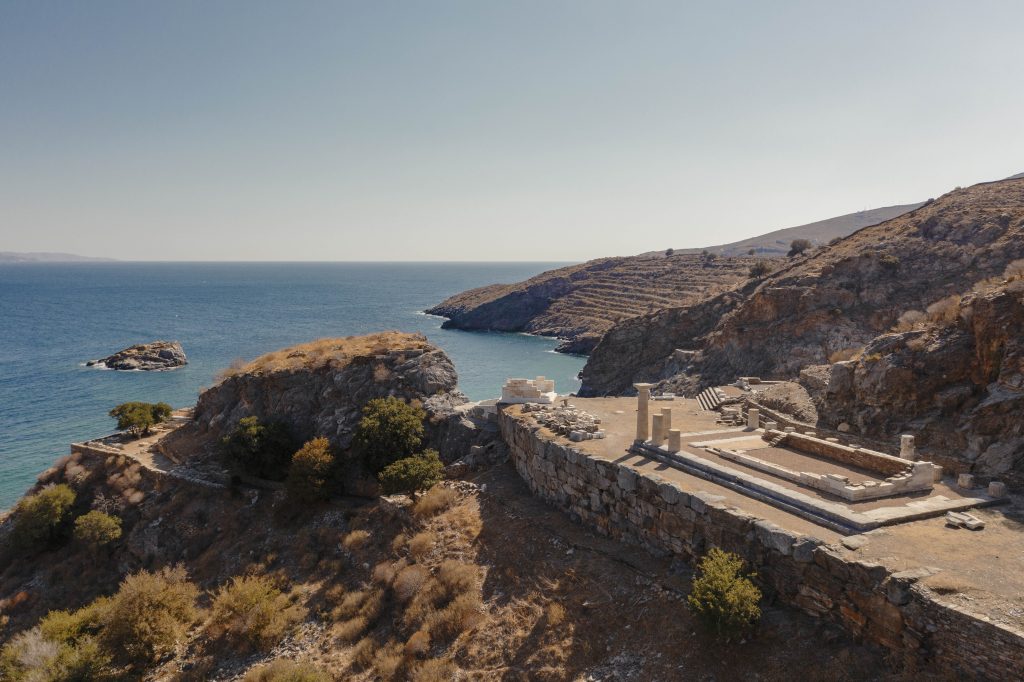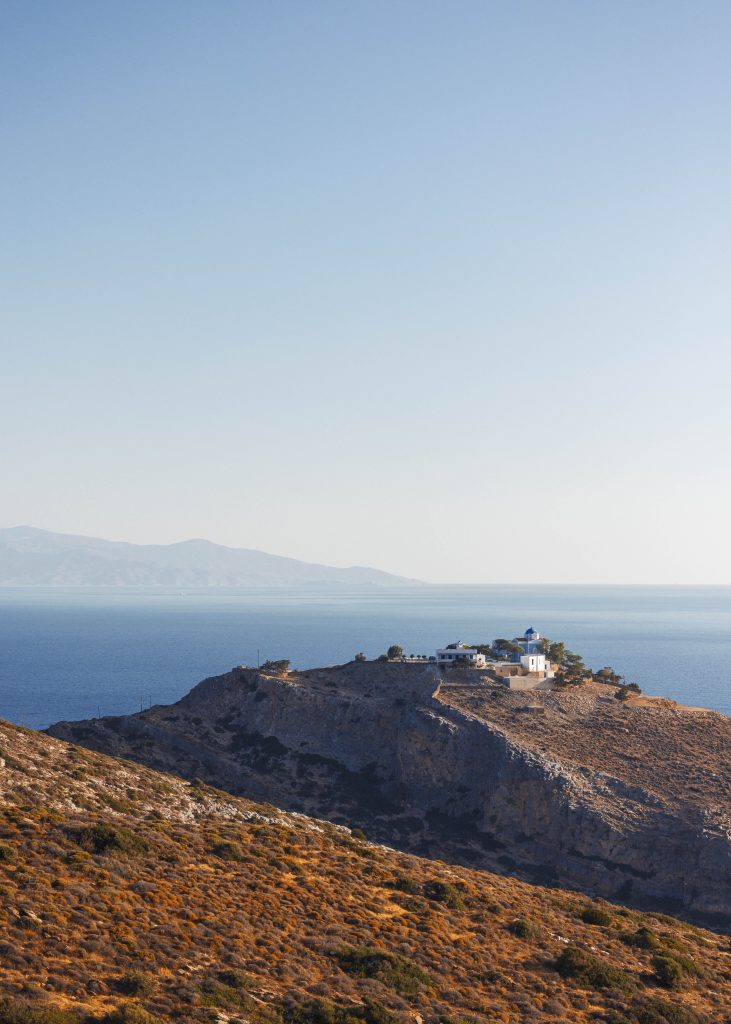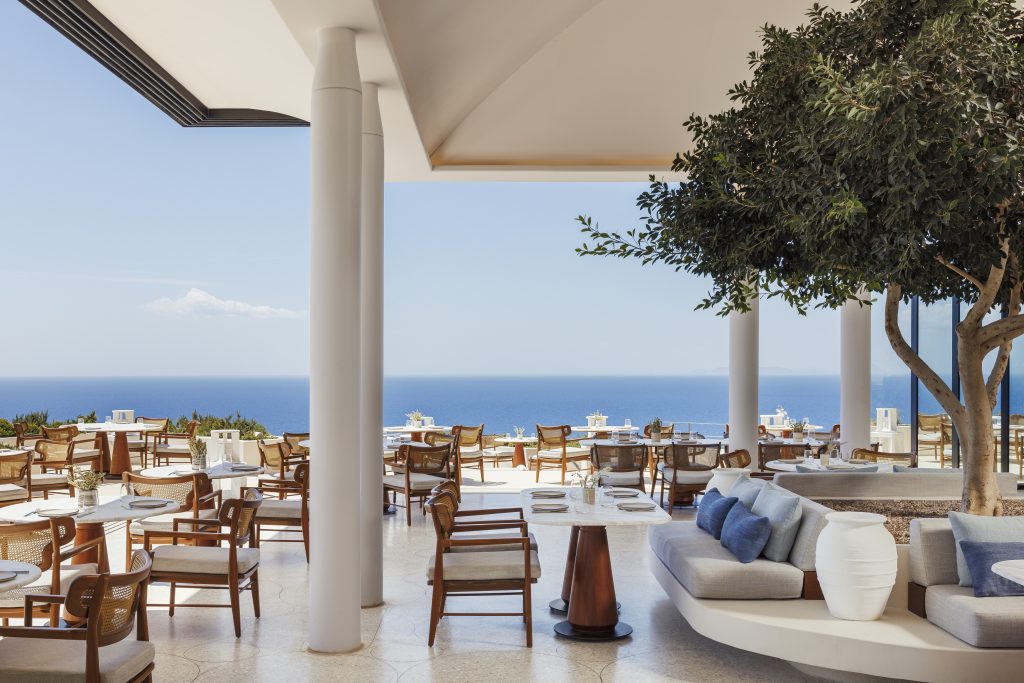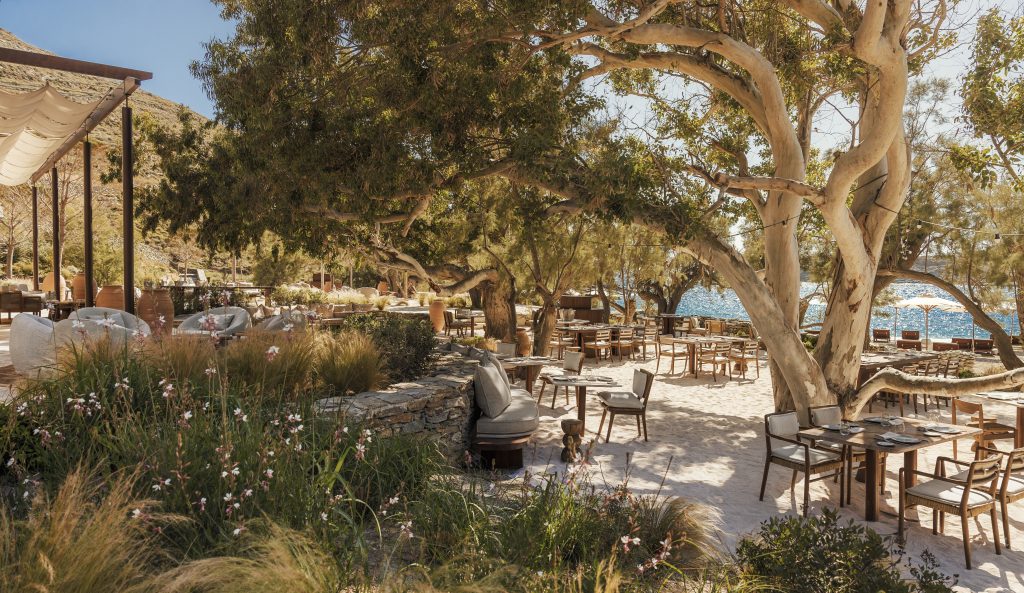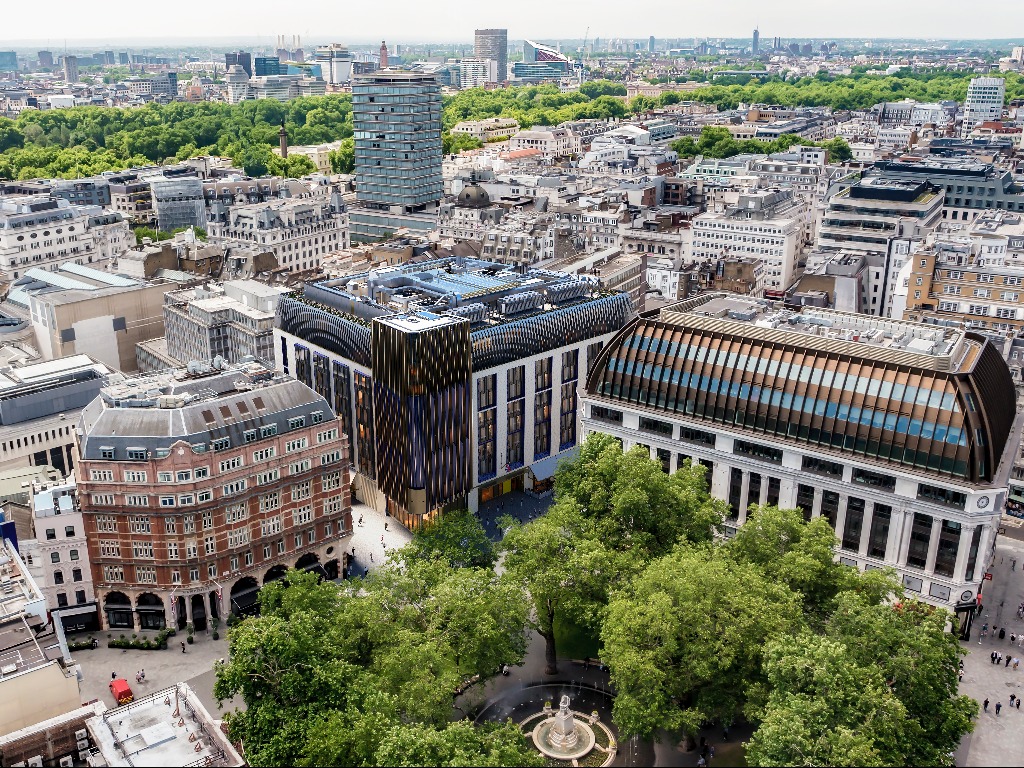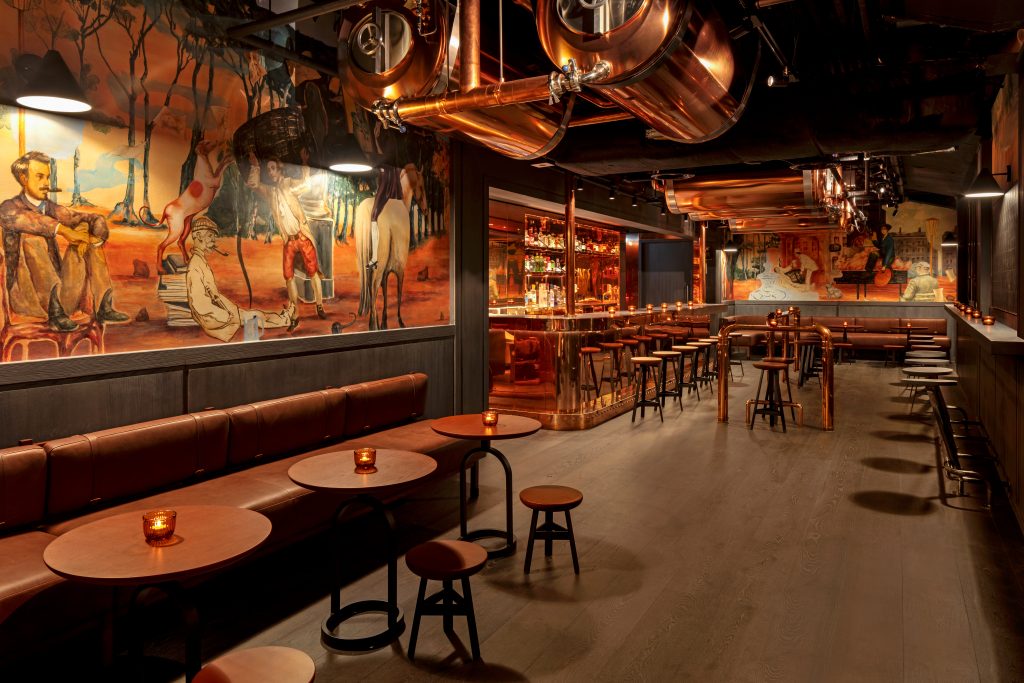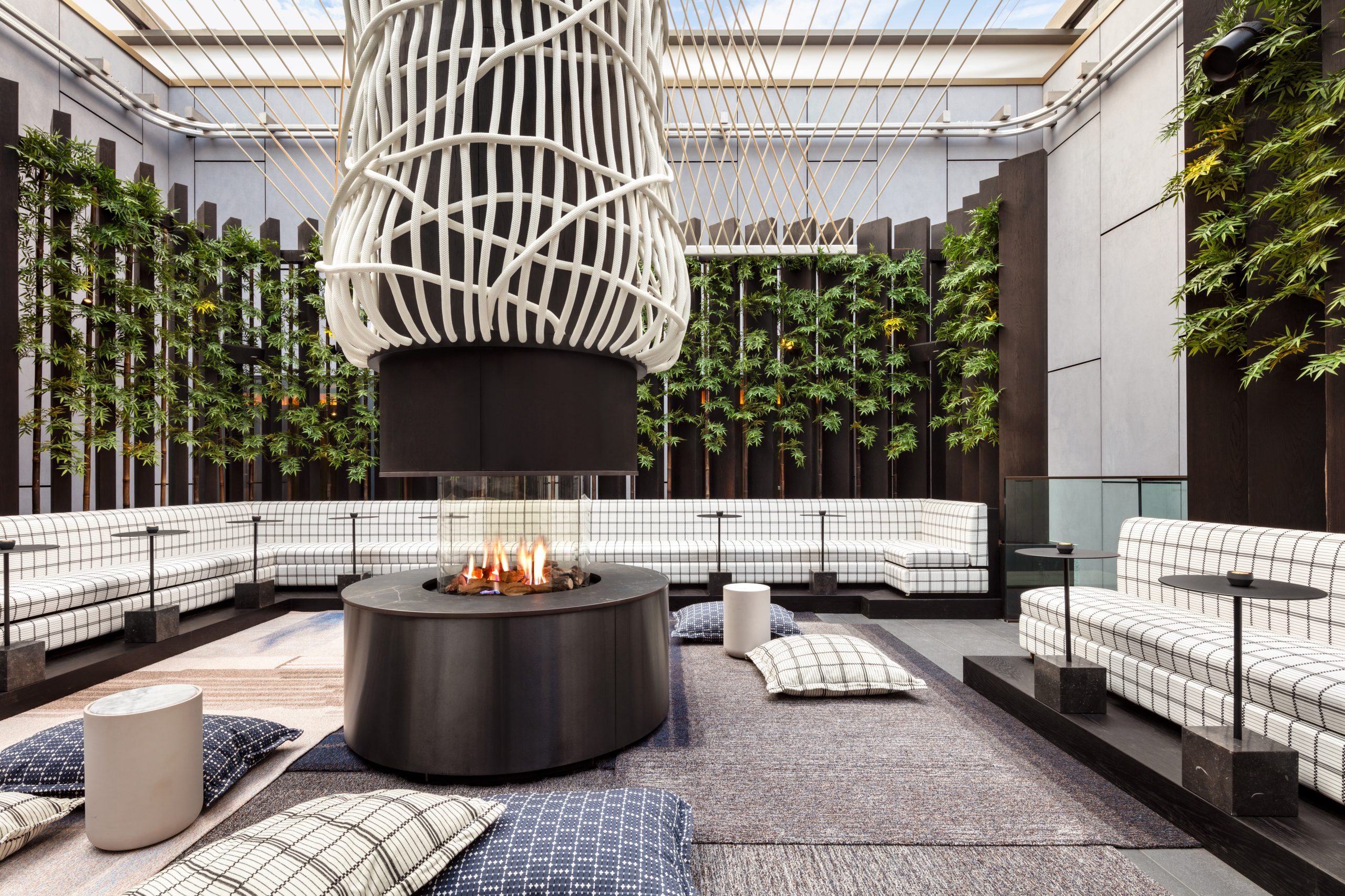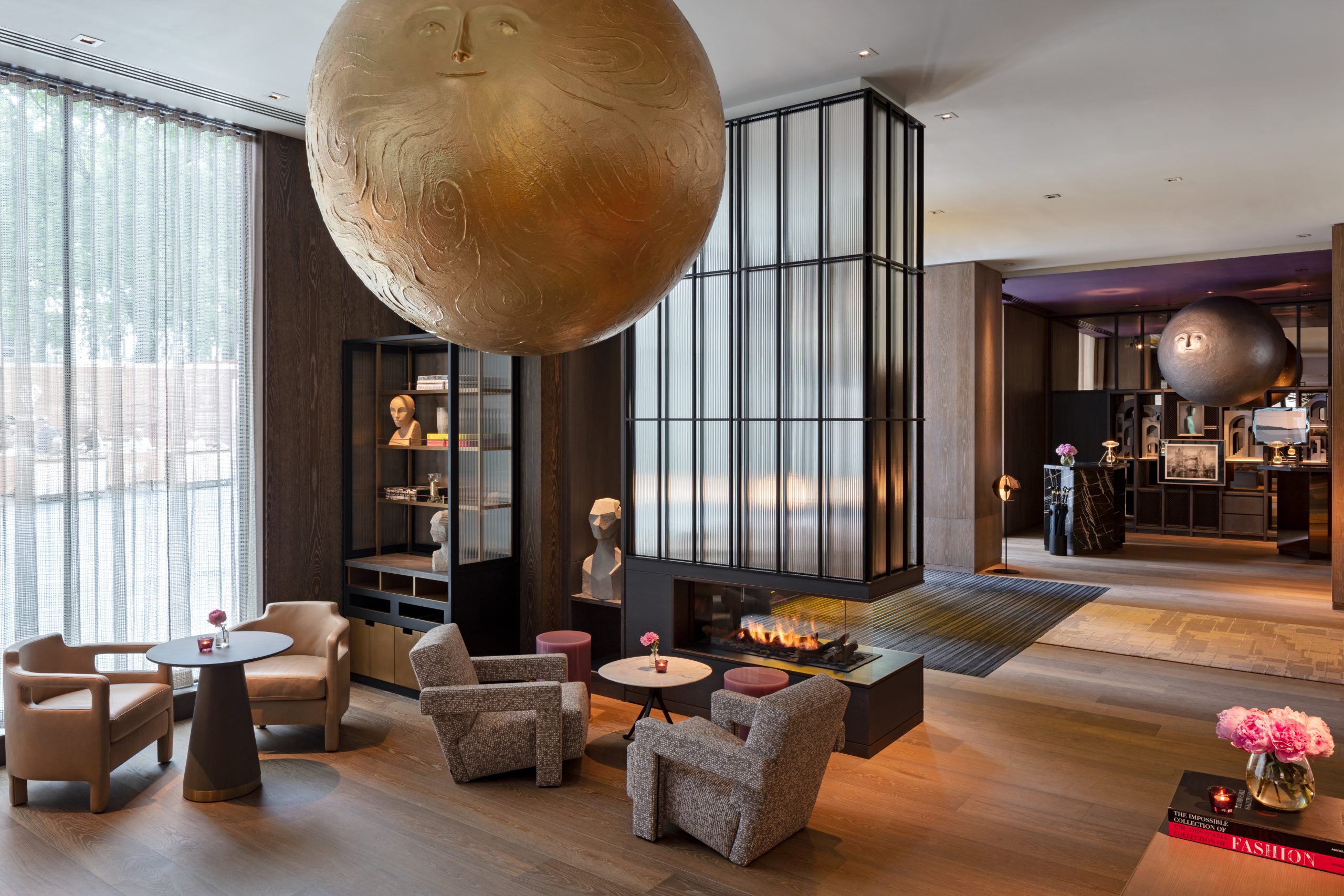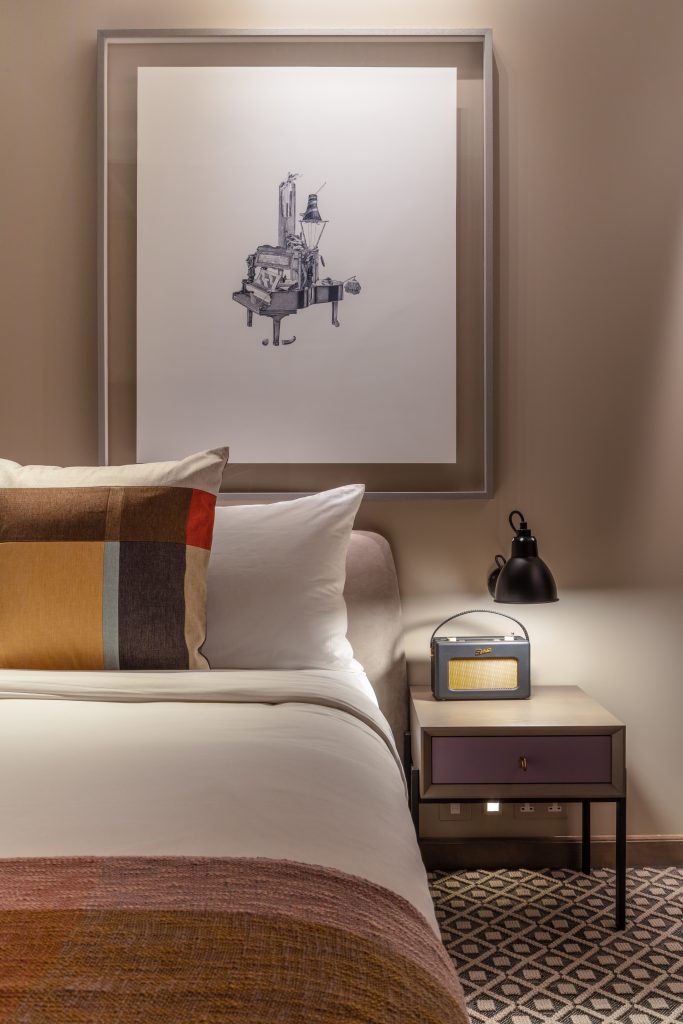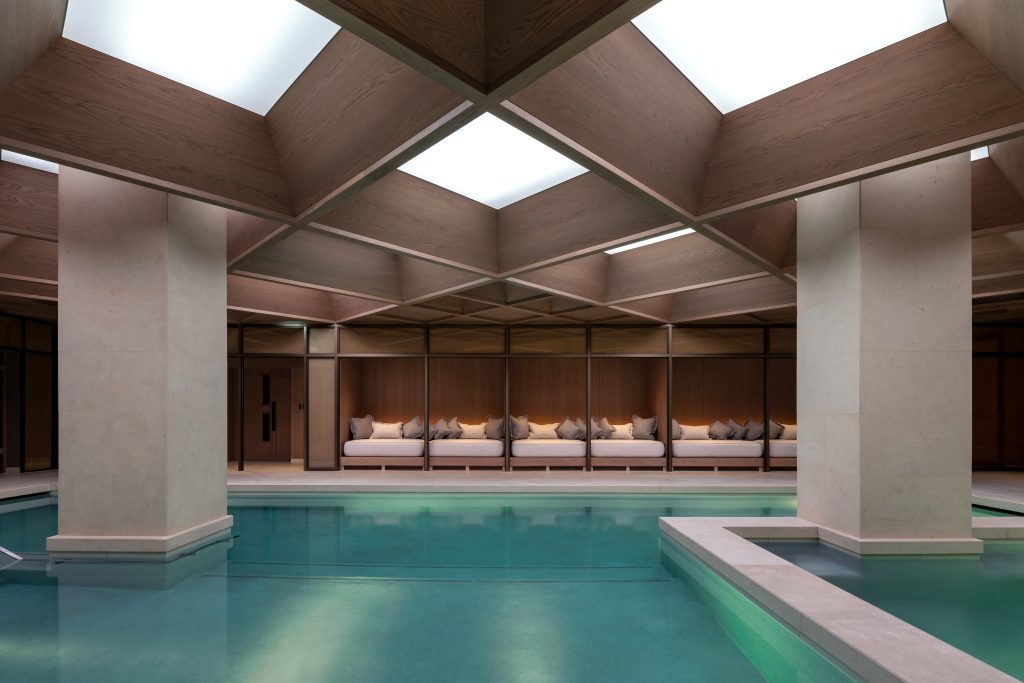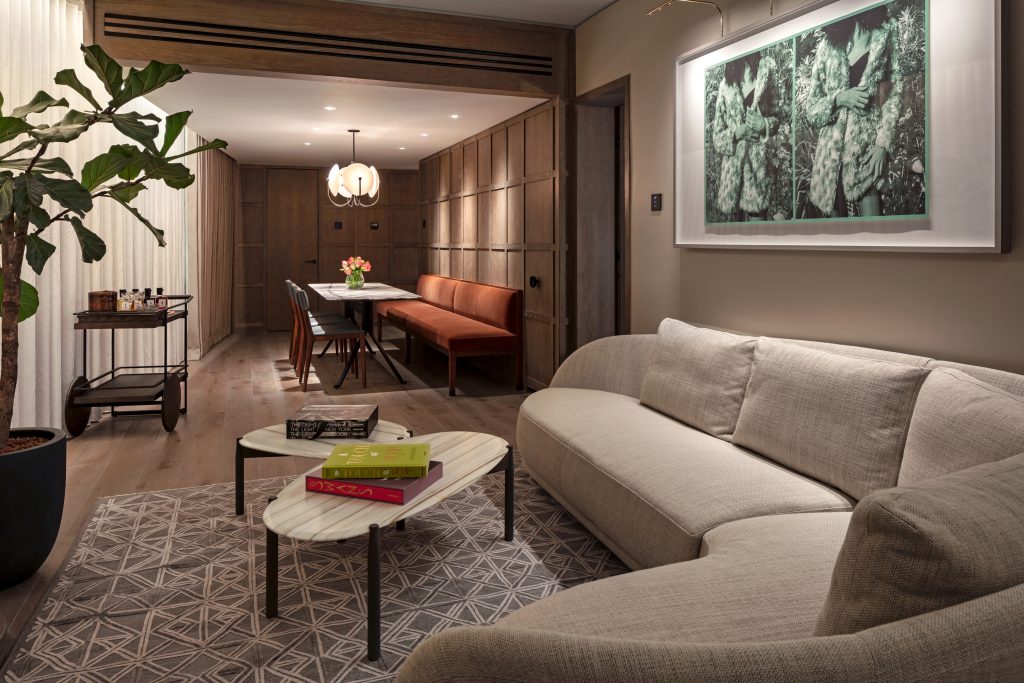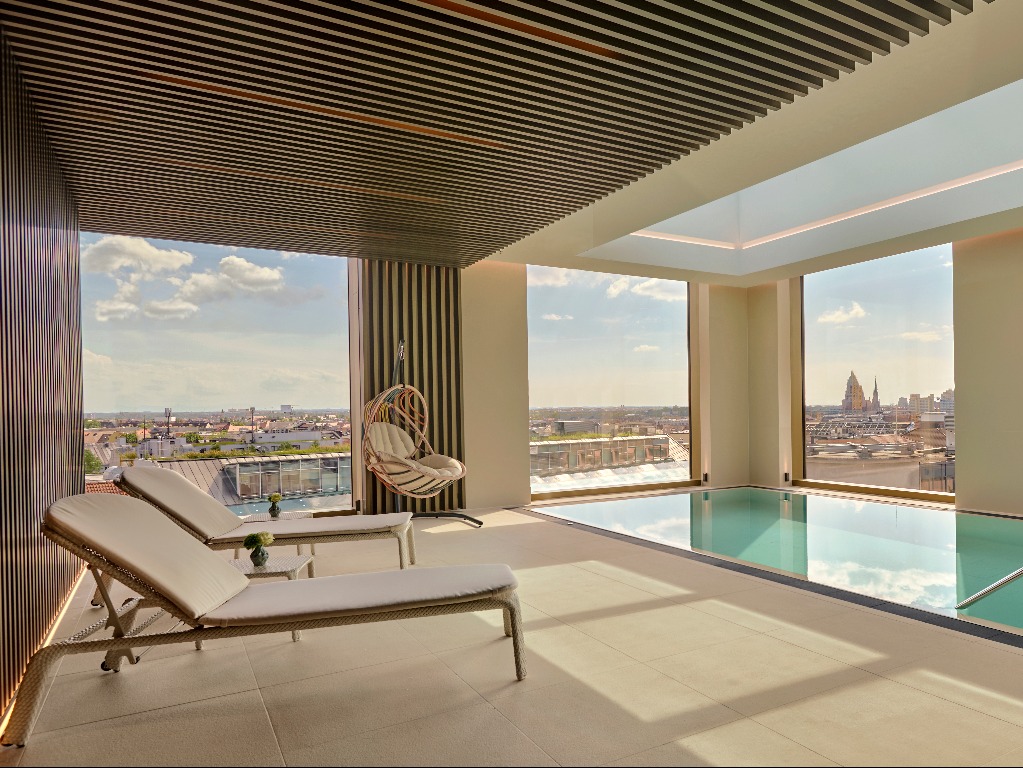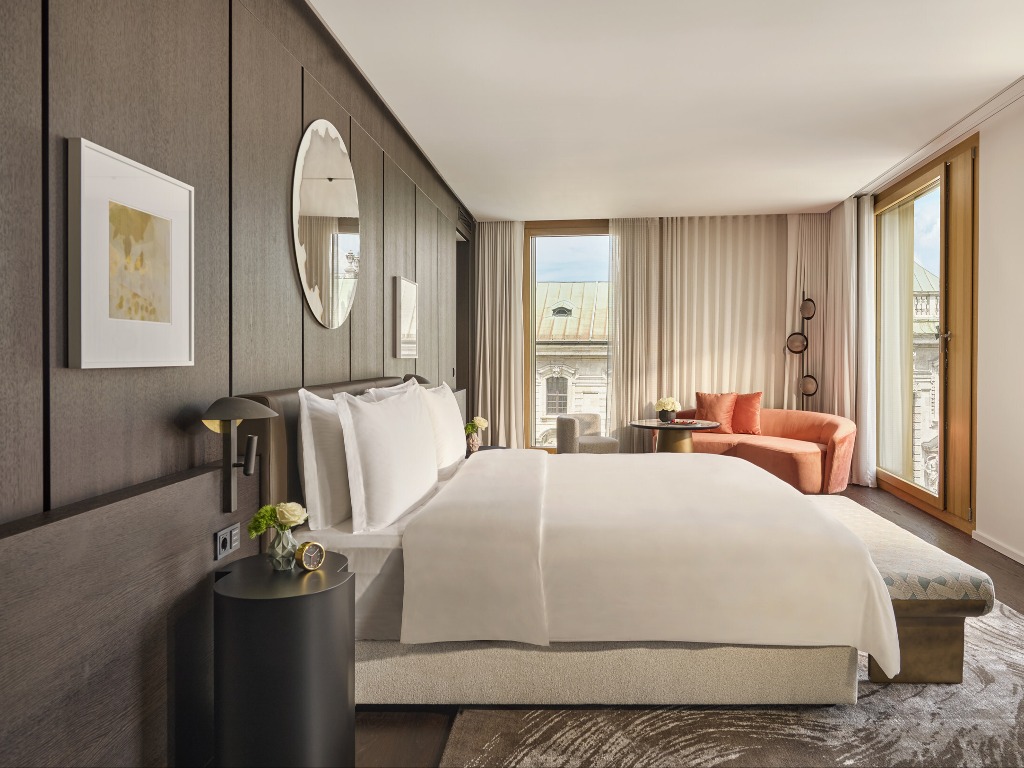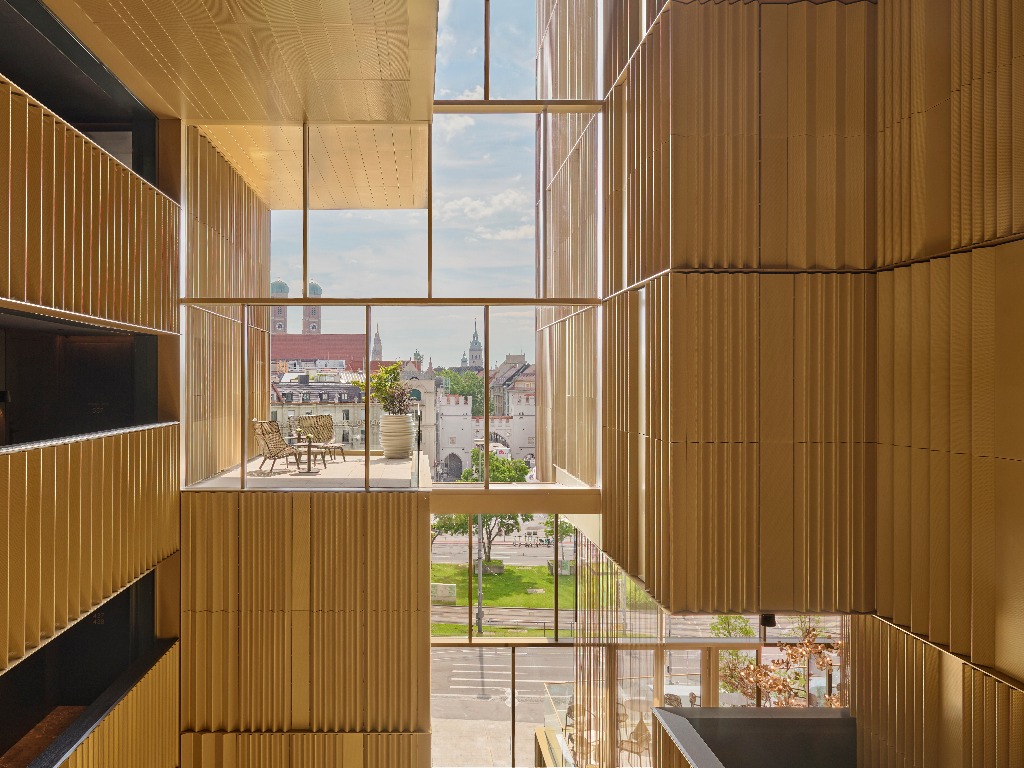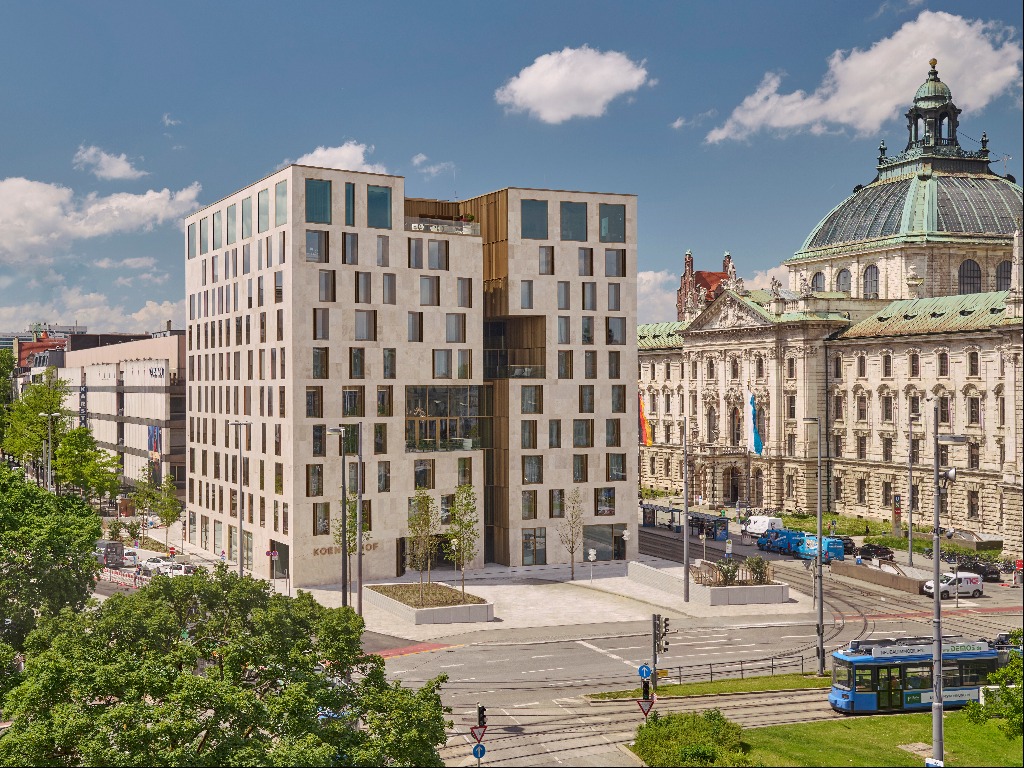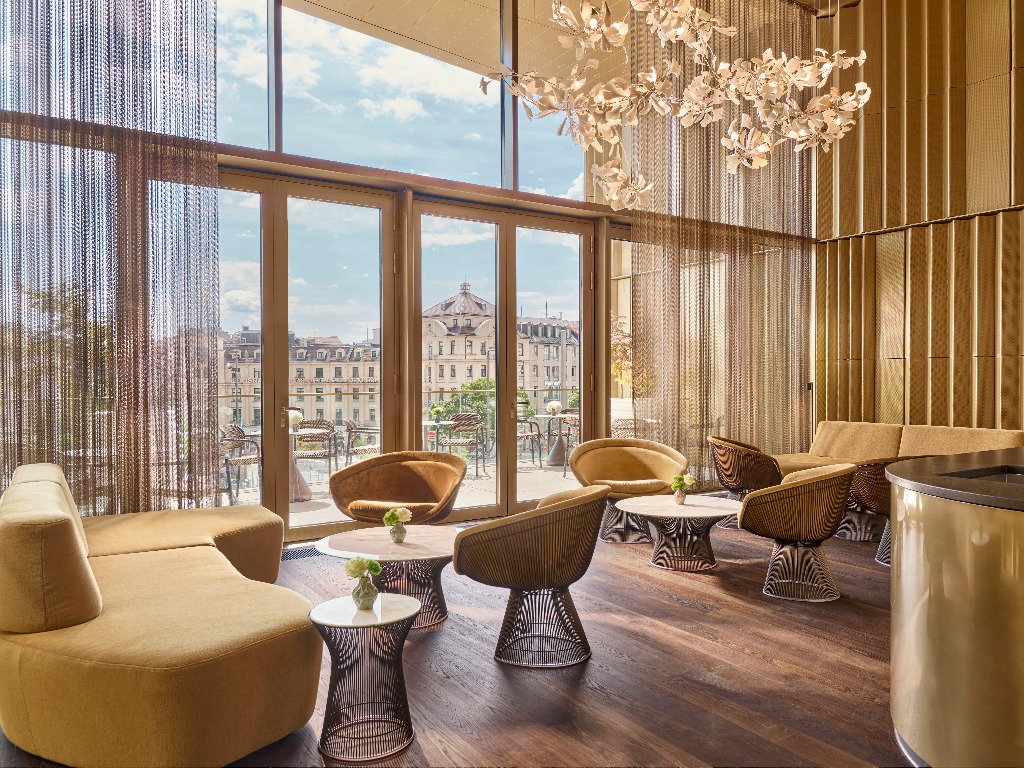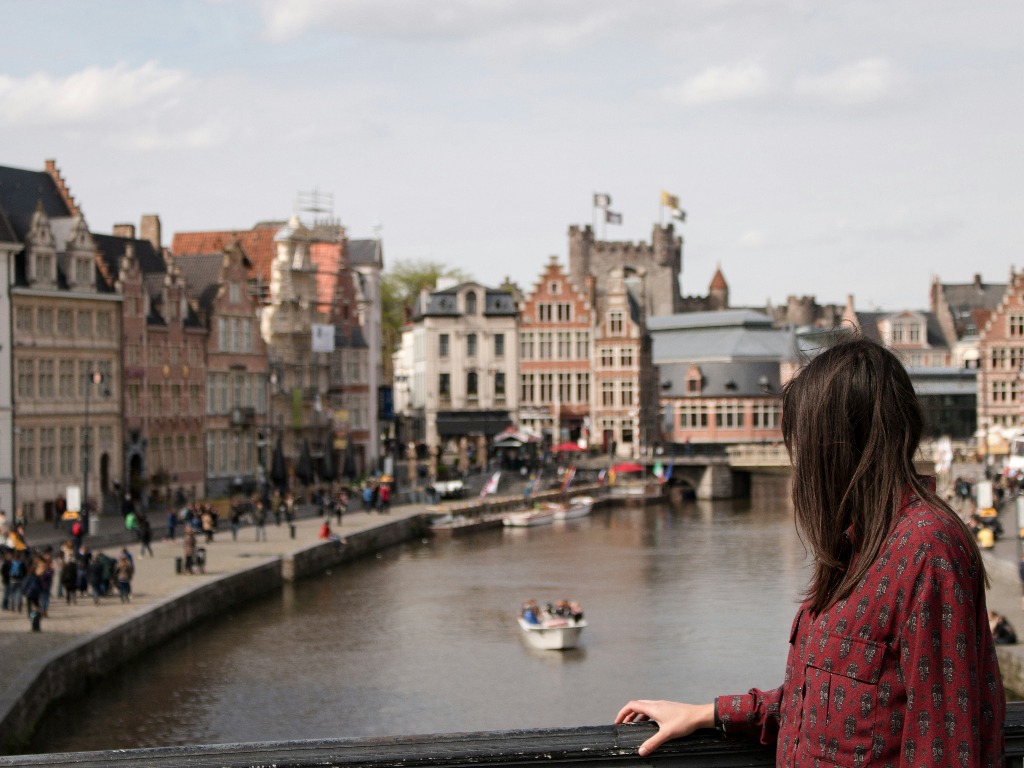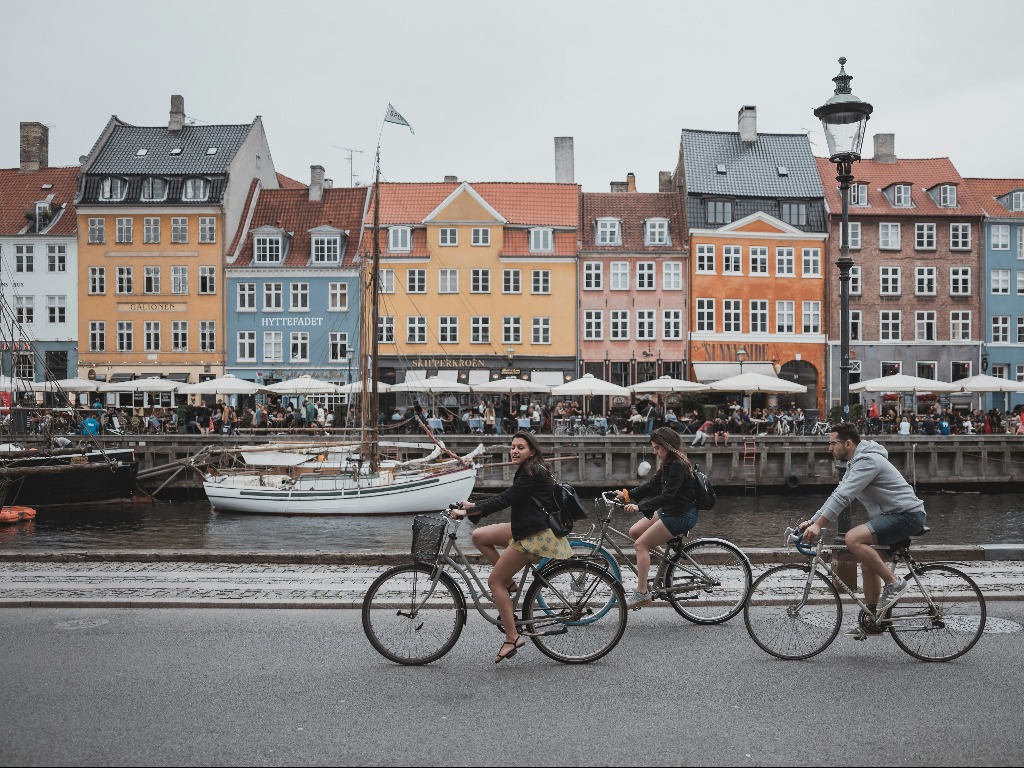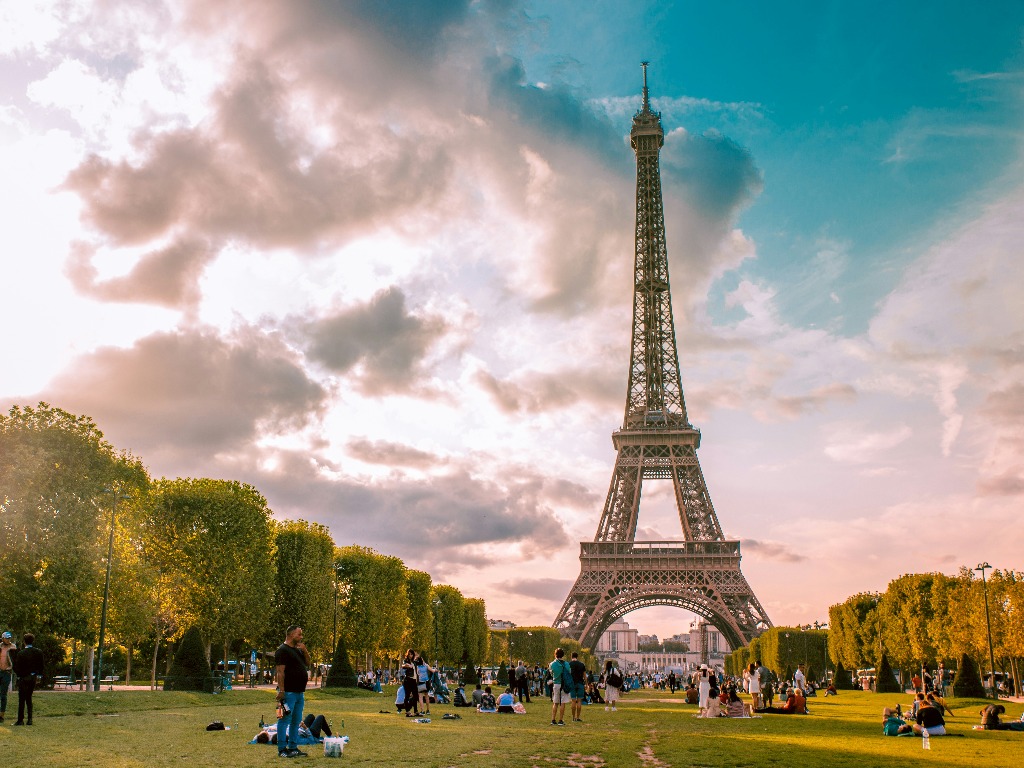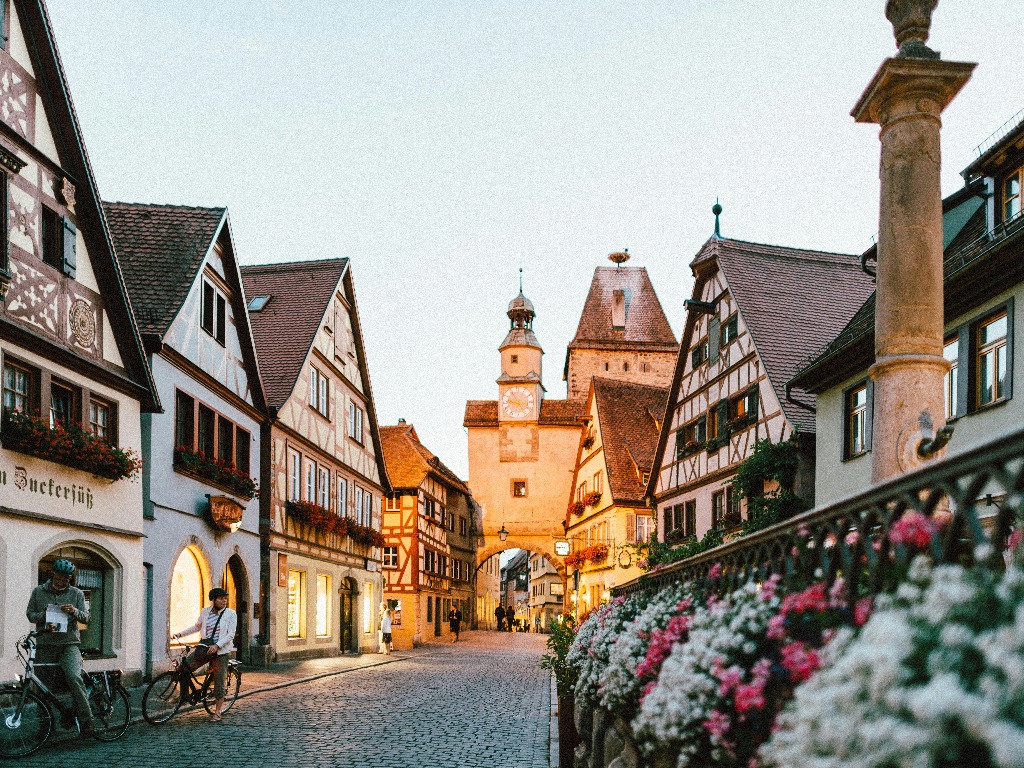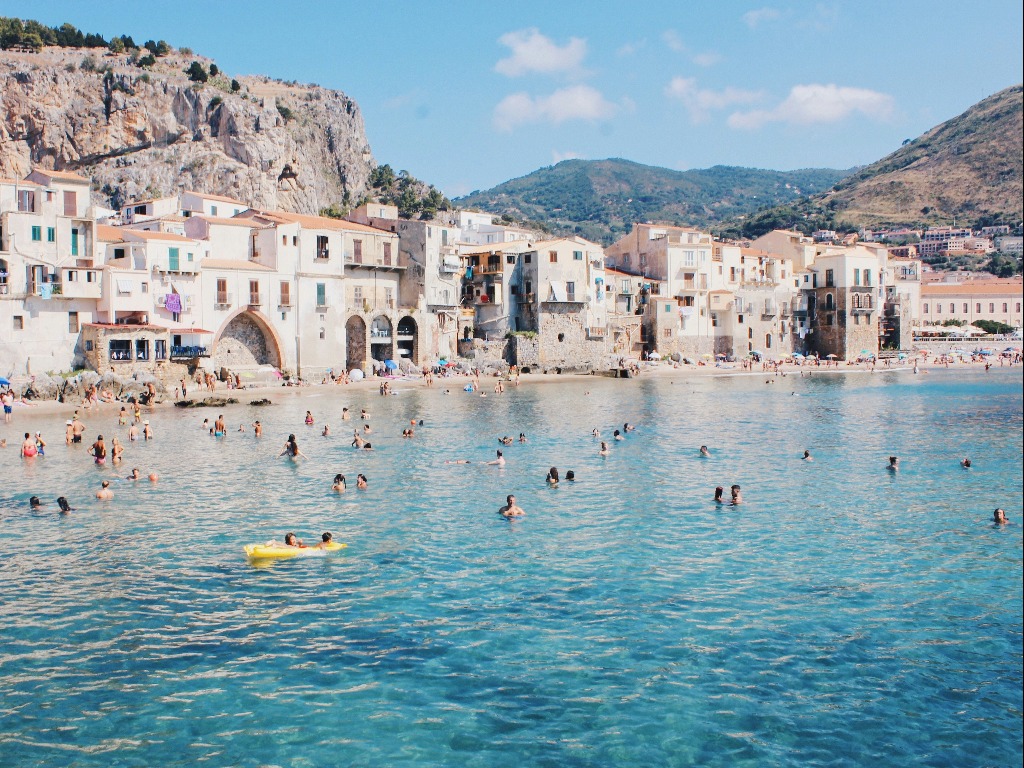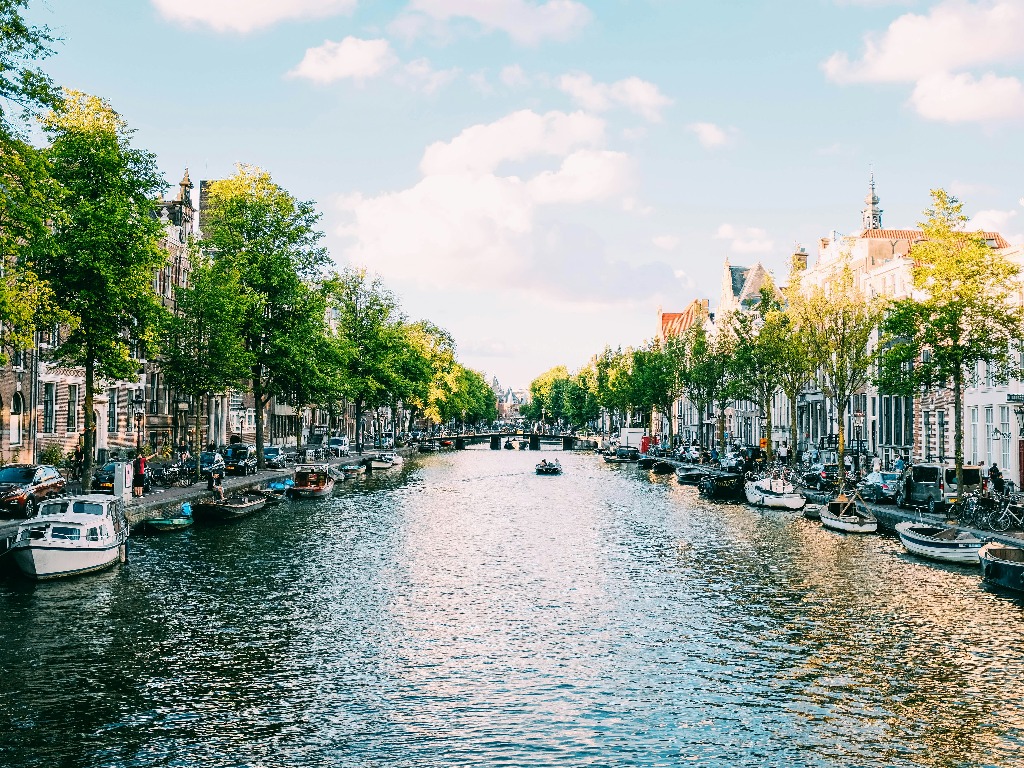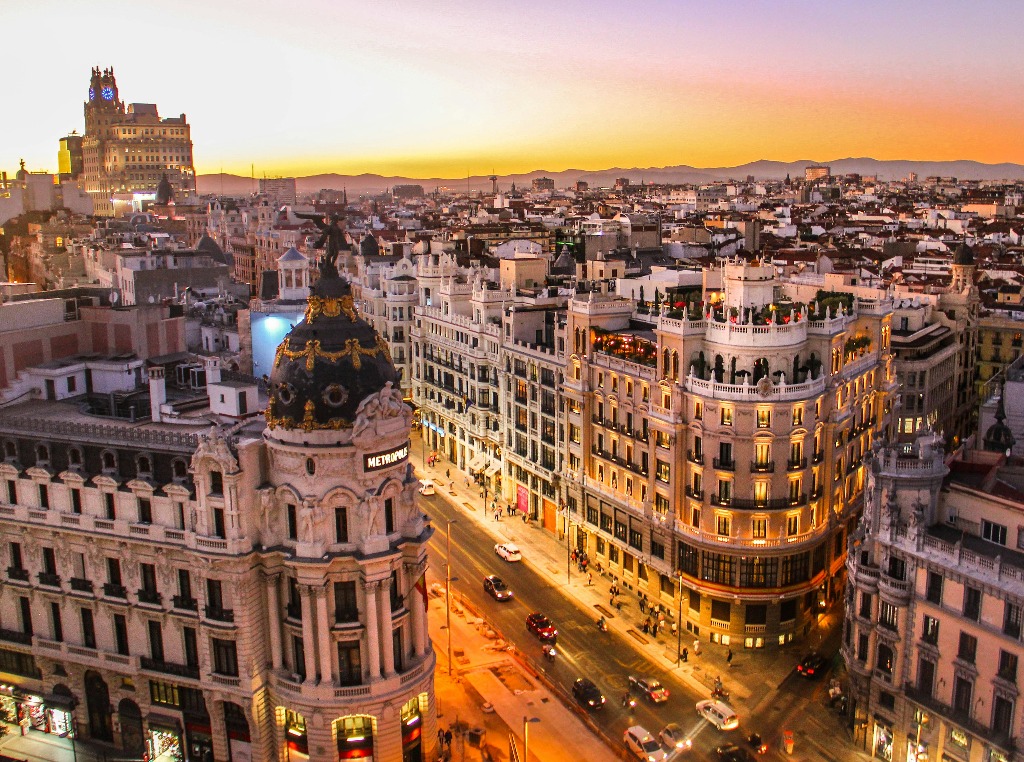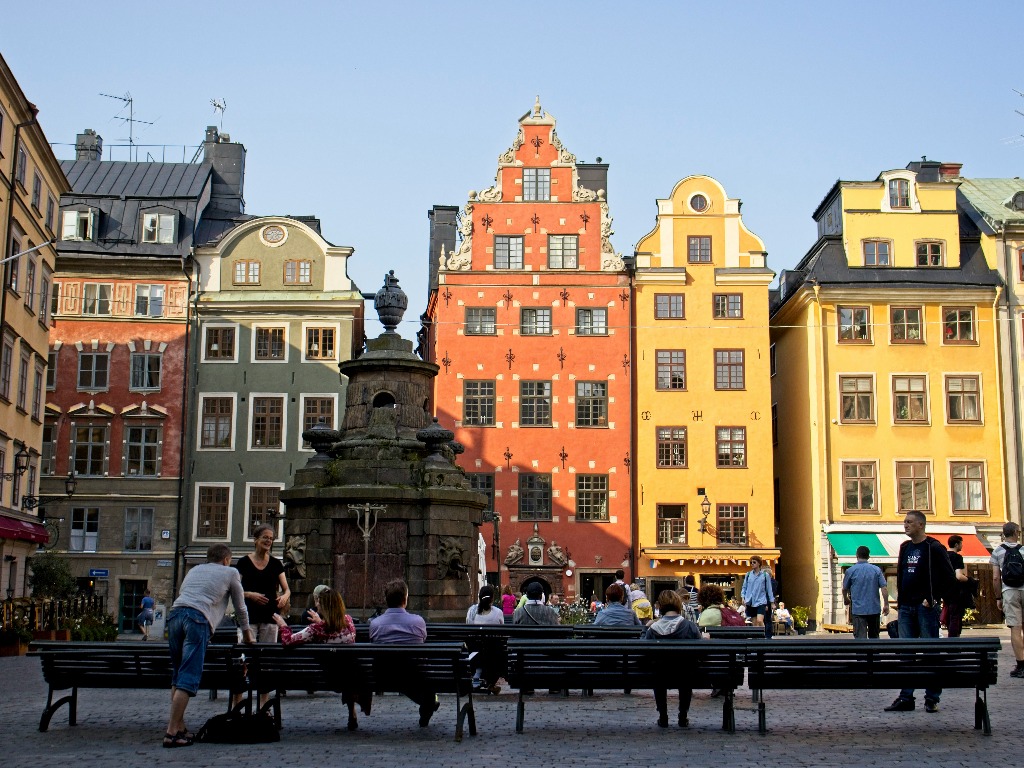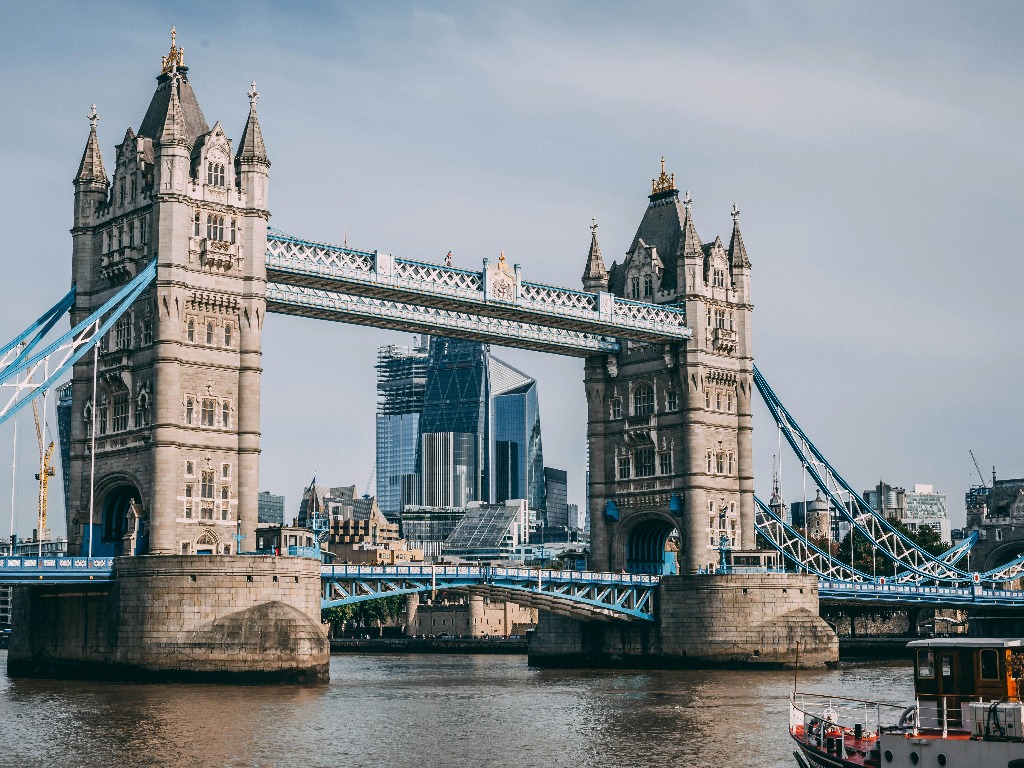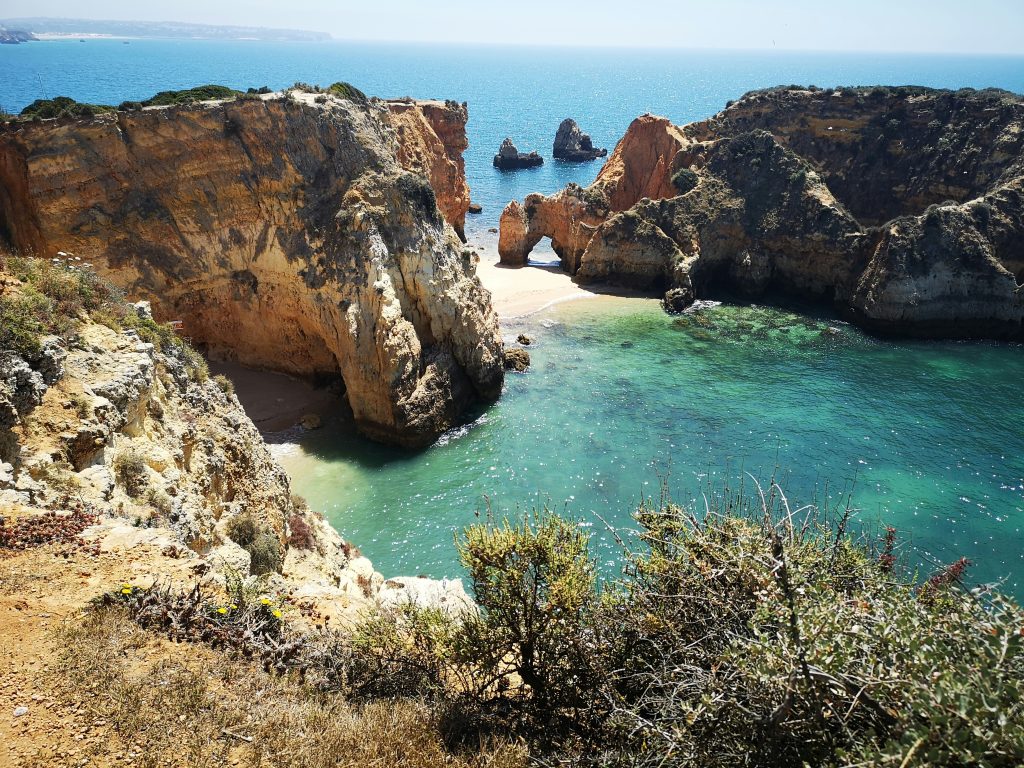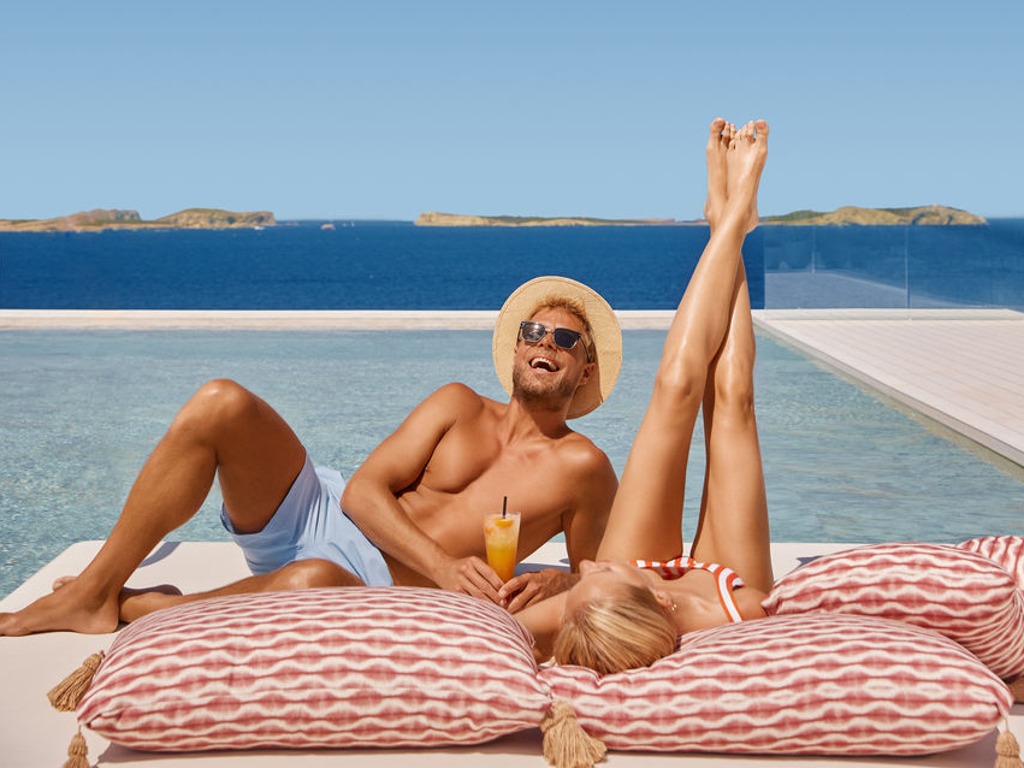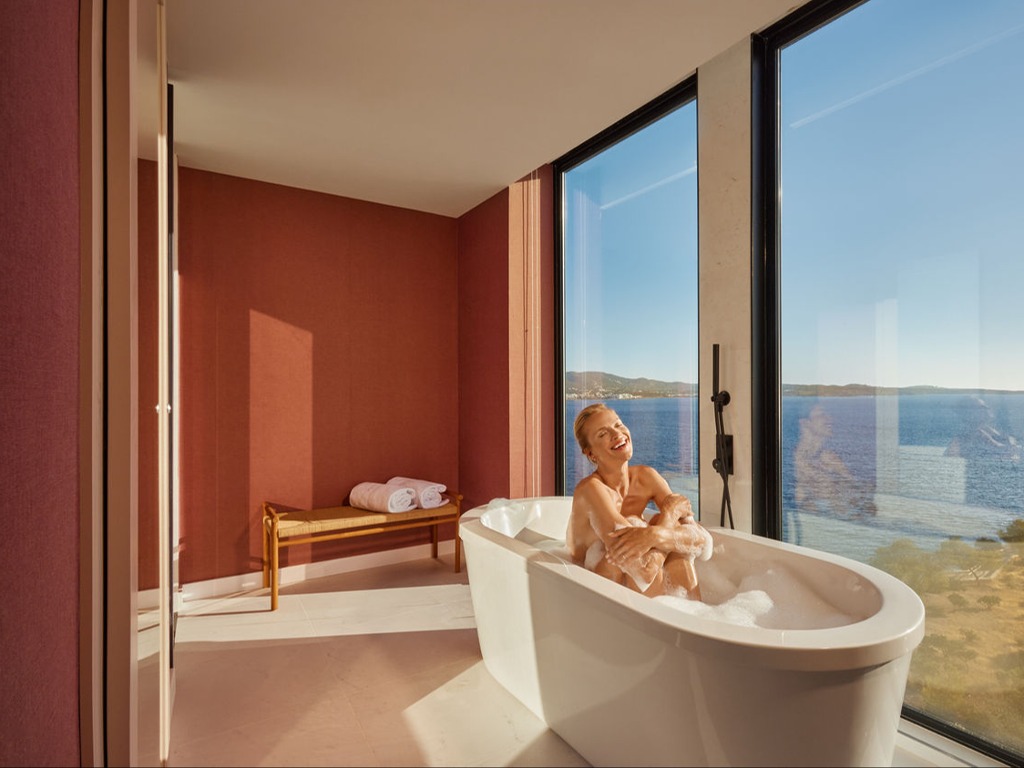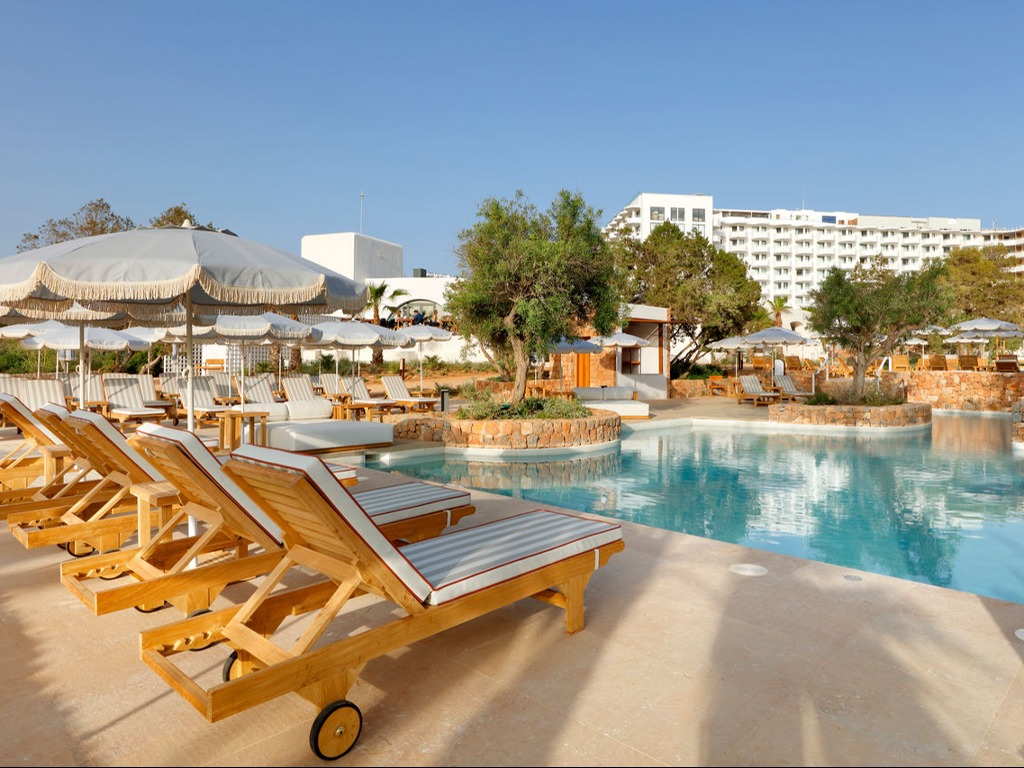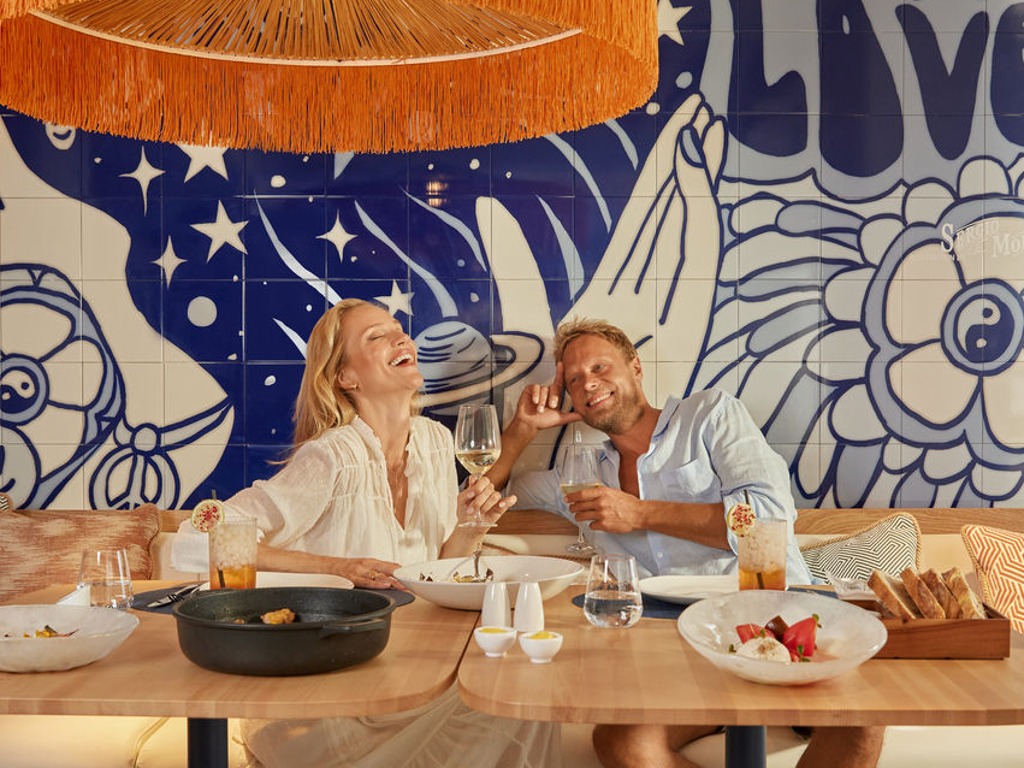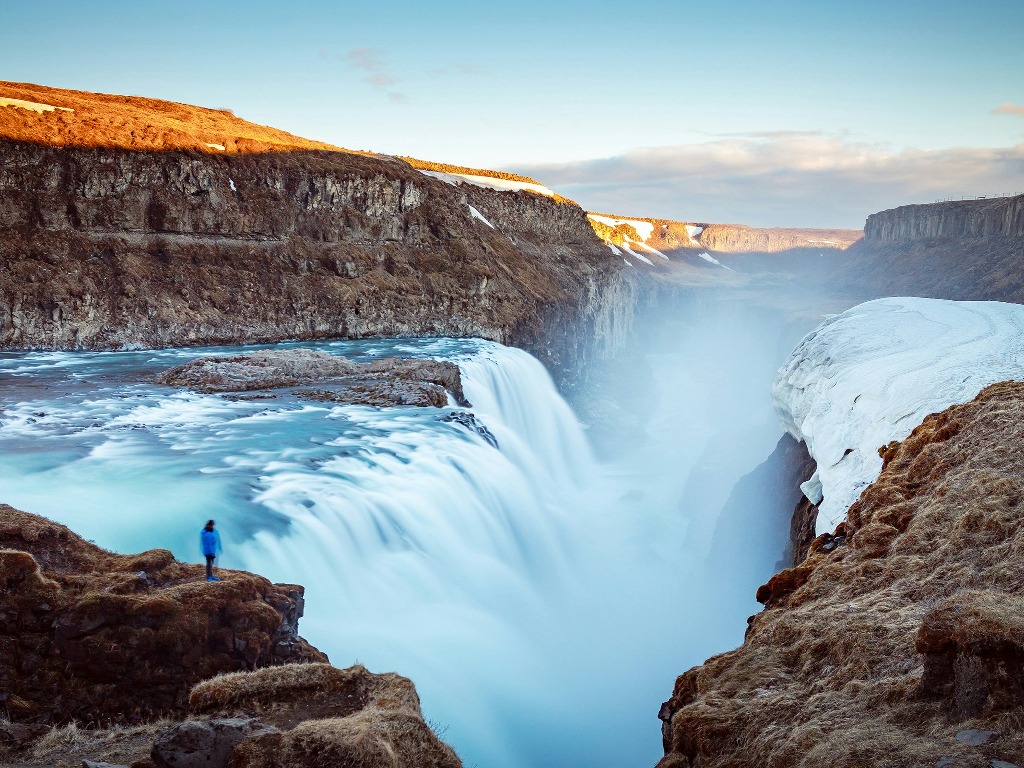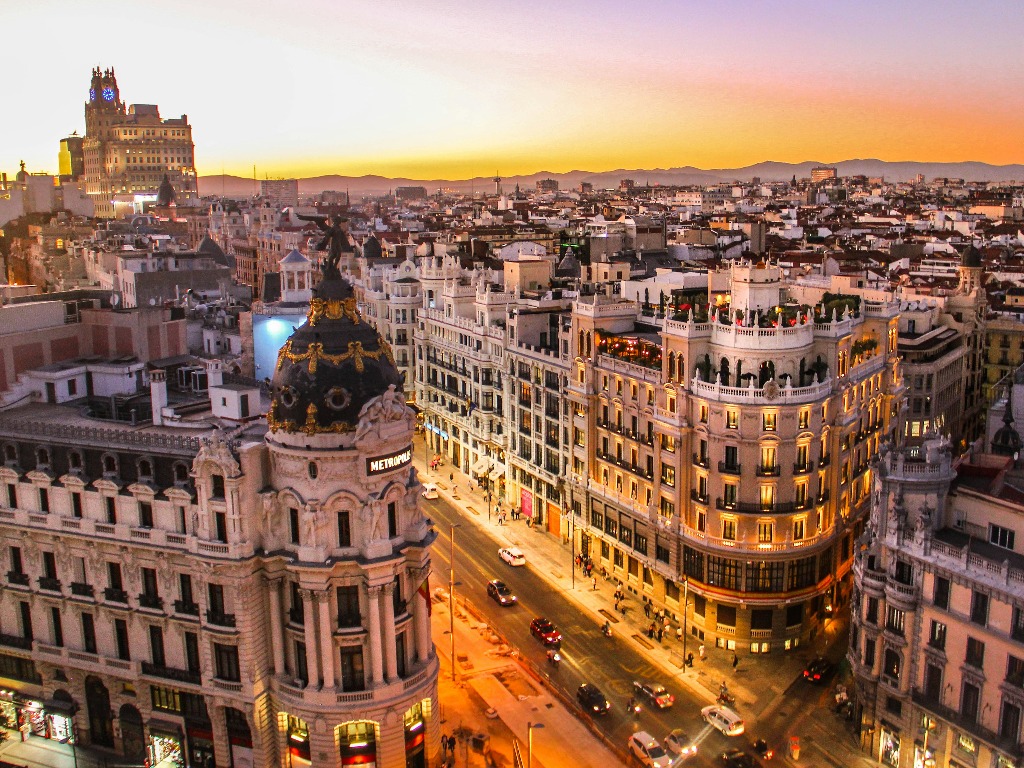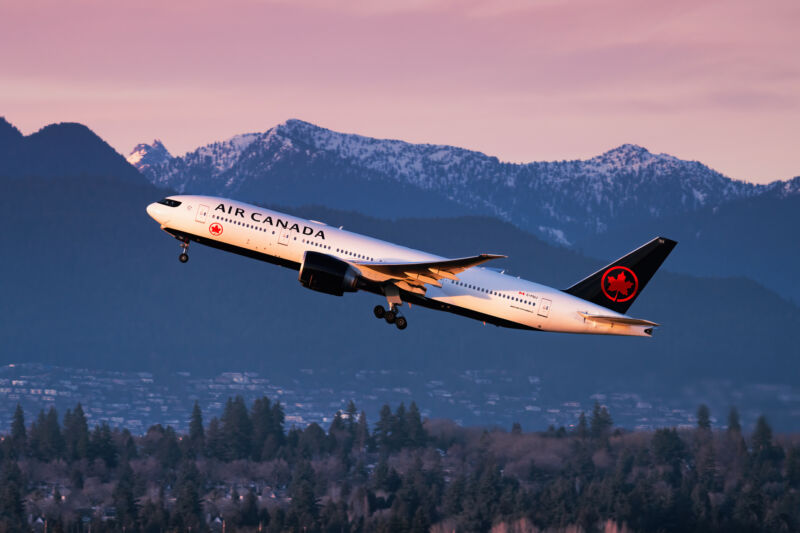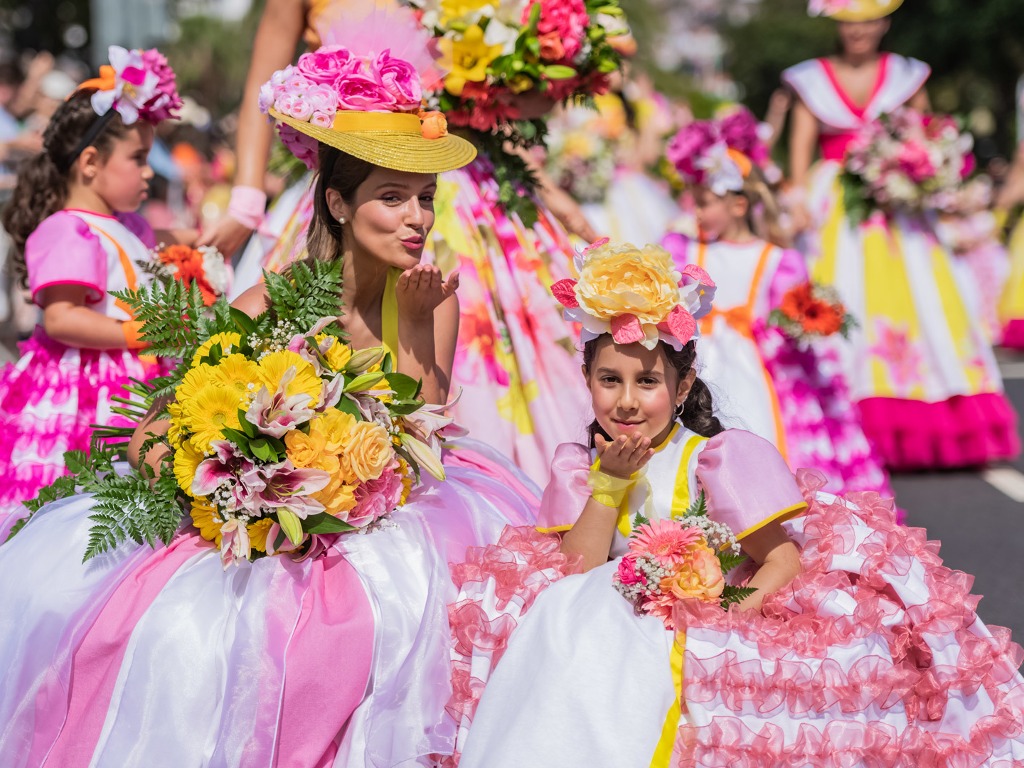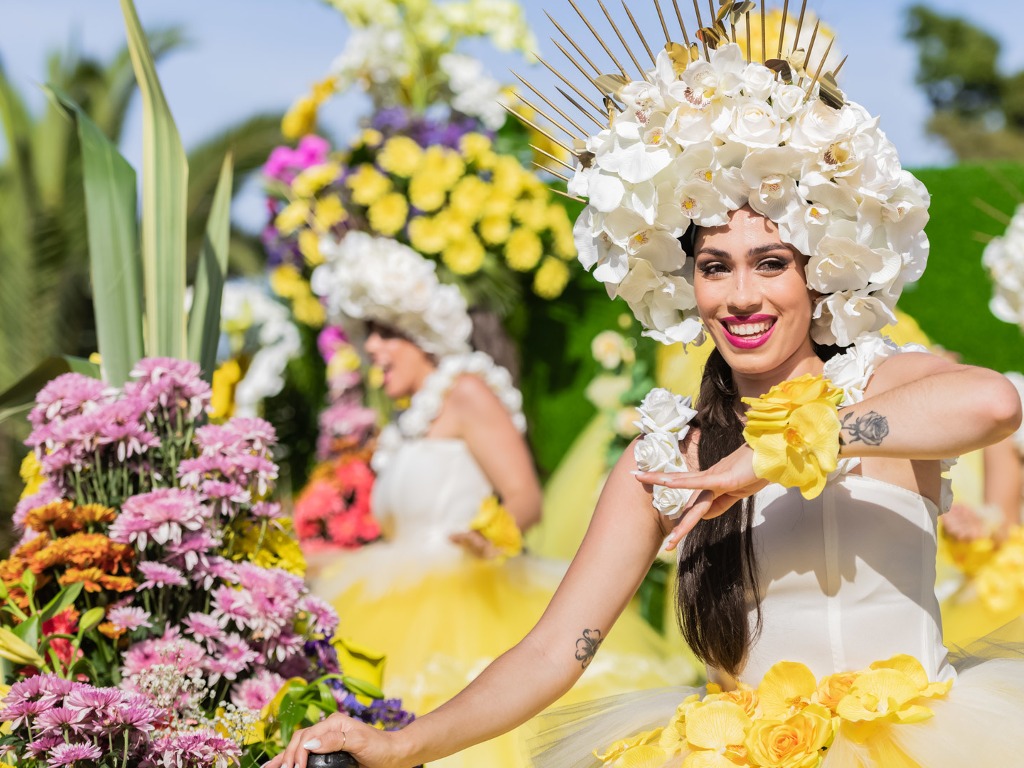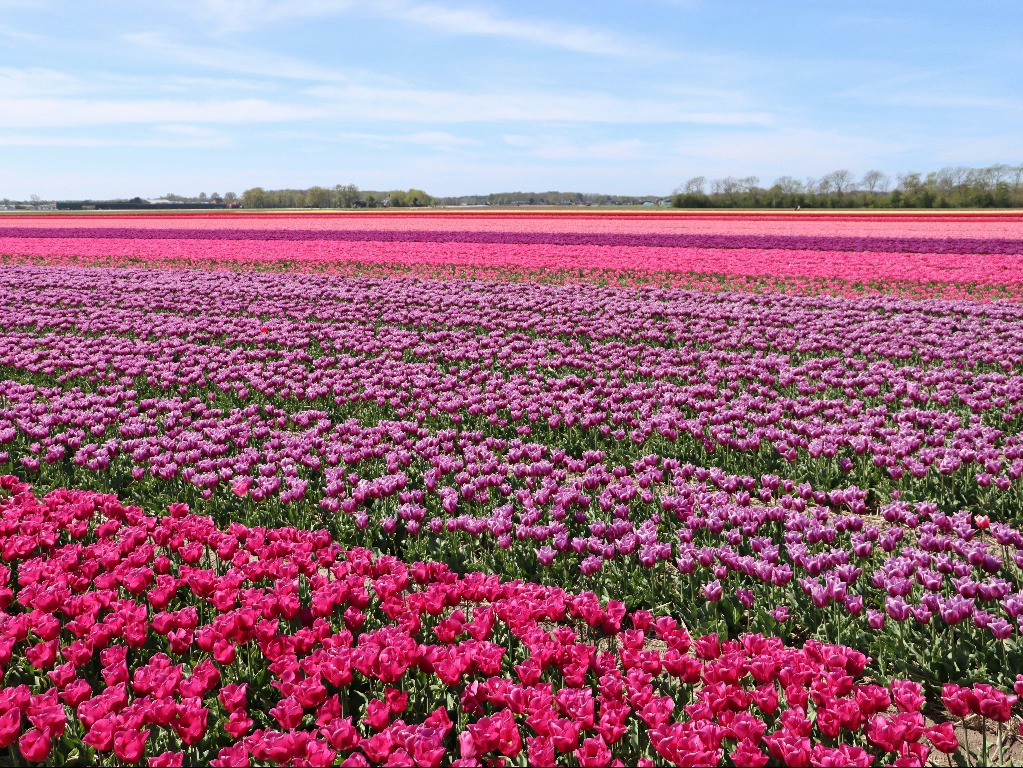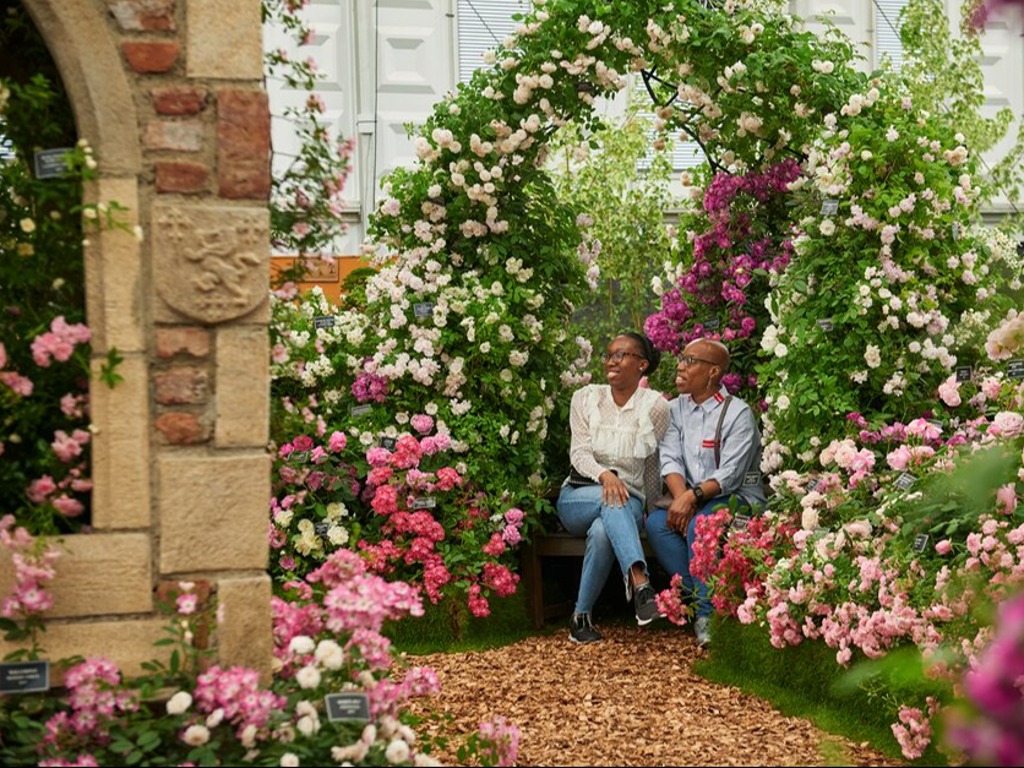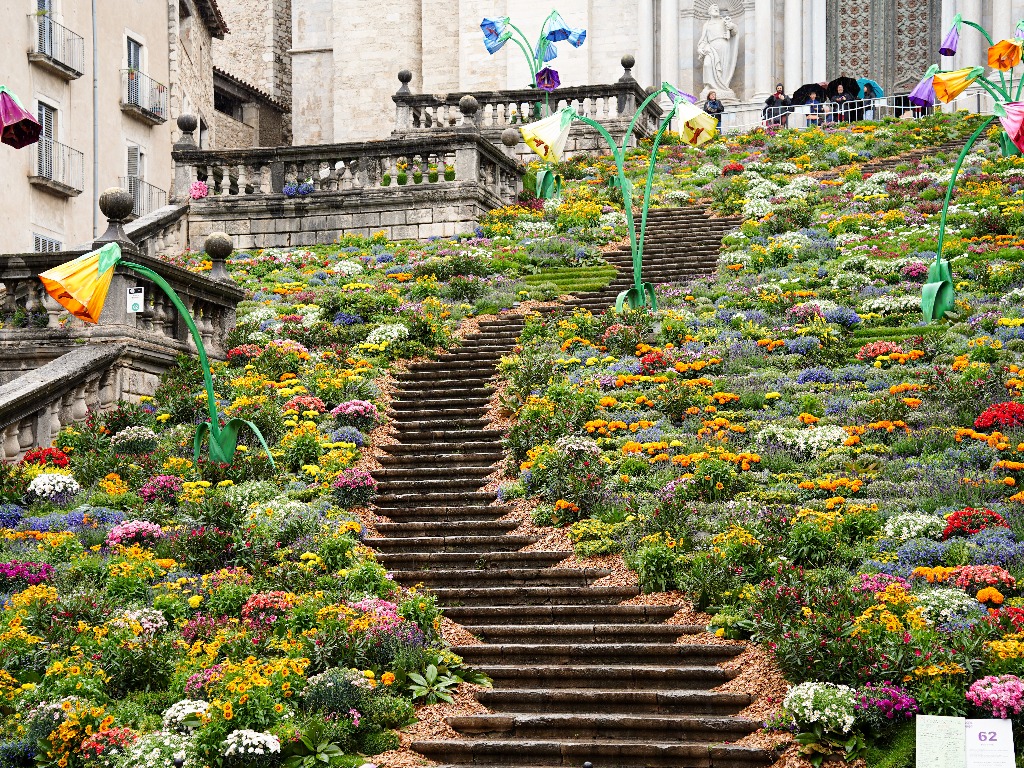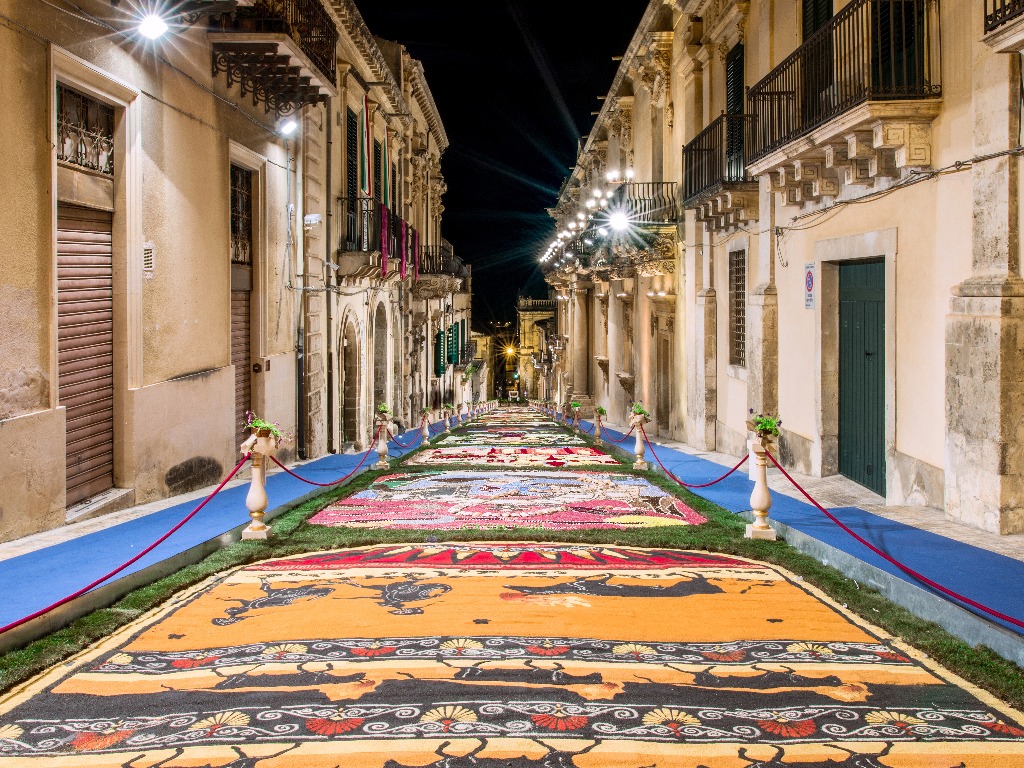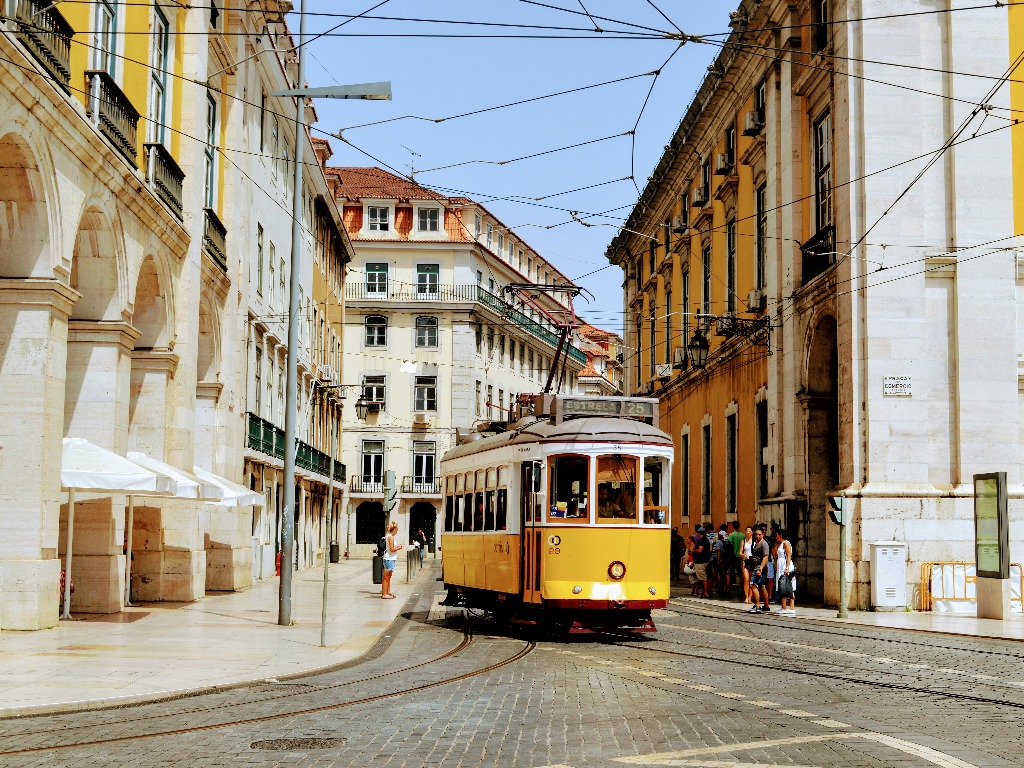
How to make the most of a 24-hour stopover in Lisbon
Lisbon, the vibrant capital of Portugal, is perfect for a 24-hour stopover with TAP Air Portugal.
With its historic sites and delectable cuisine, there are so many possibilities to make the most of your short stay.
For those with only a short time to explore Portugal’s charming capital, here’s a guide to enjoying your day in Lisbon.

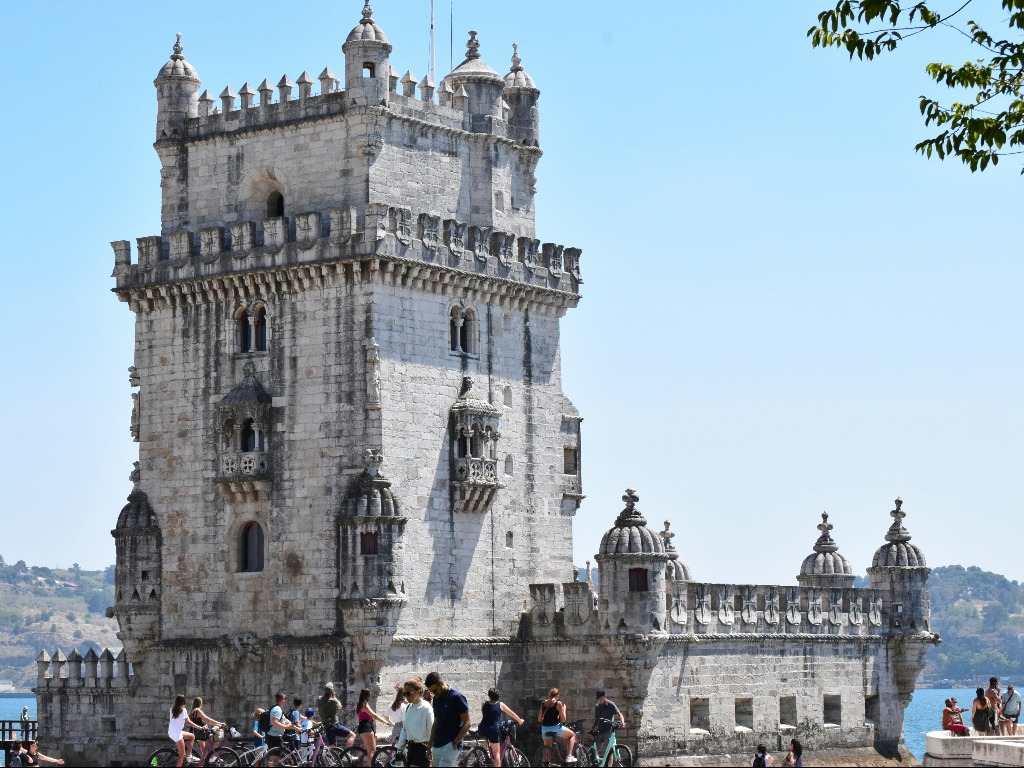
Start at Praça do Comércio, a grand square by the Tagus River. From here, walk to the Baixa district, a bustling area rebuilt after the 1755 earthquake. Stroll along Rua Augusta, a lively pedestrian street with shops and cafes, and soak in the atmosphere.
Next, visit Alfama, Lisbon’s oldest neighborhood. Its narrow, winding streets and colourful houses are full of charm and history. Explore the Lisbon Cathedral and climb to Miradouro de Santa Luzia for a stunning view of the city and river.
Foodie frenzy
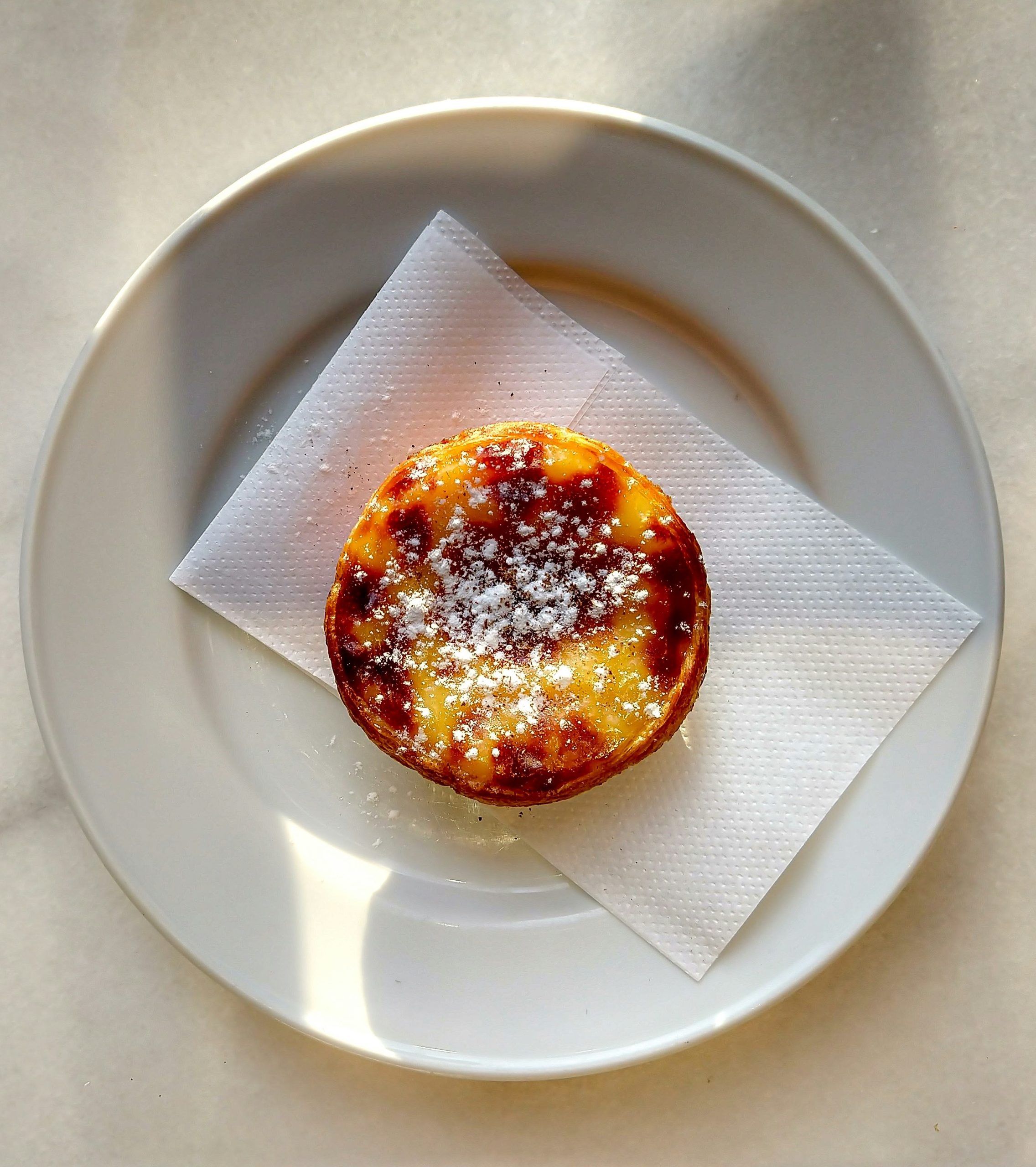
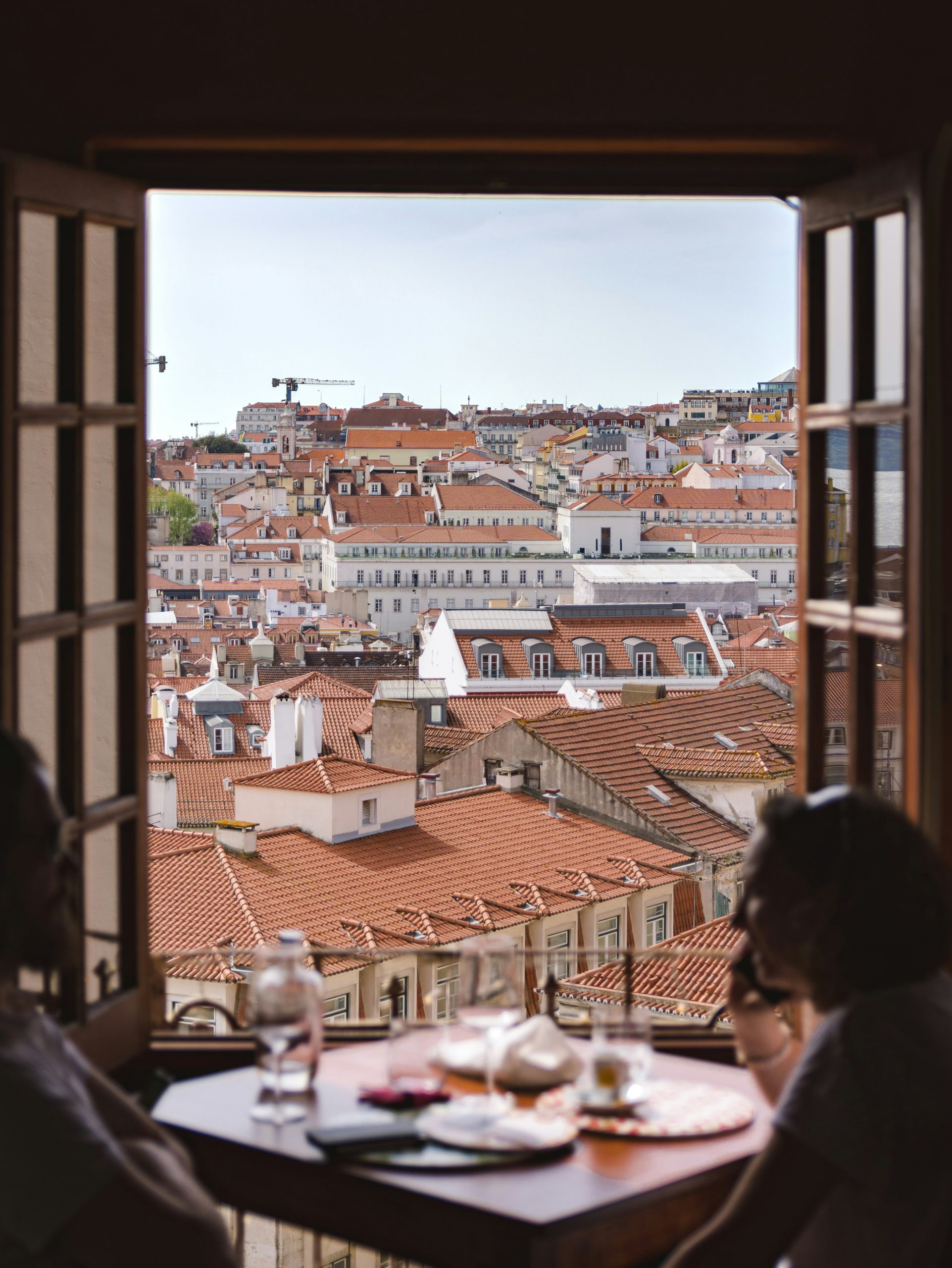
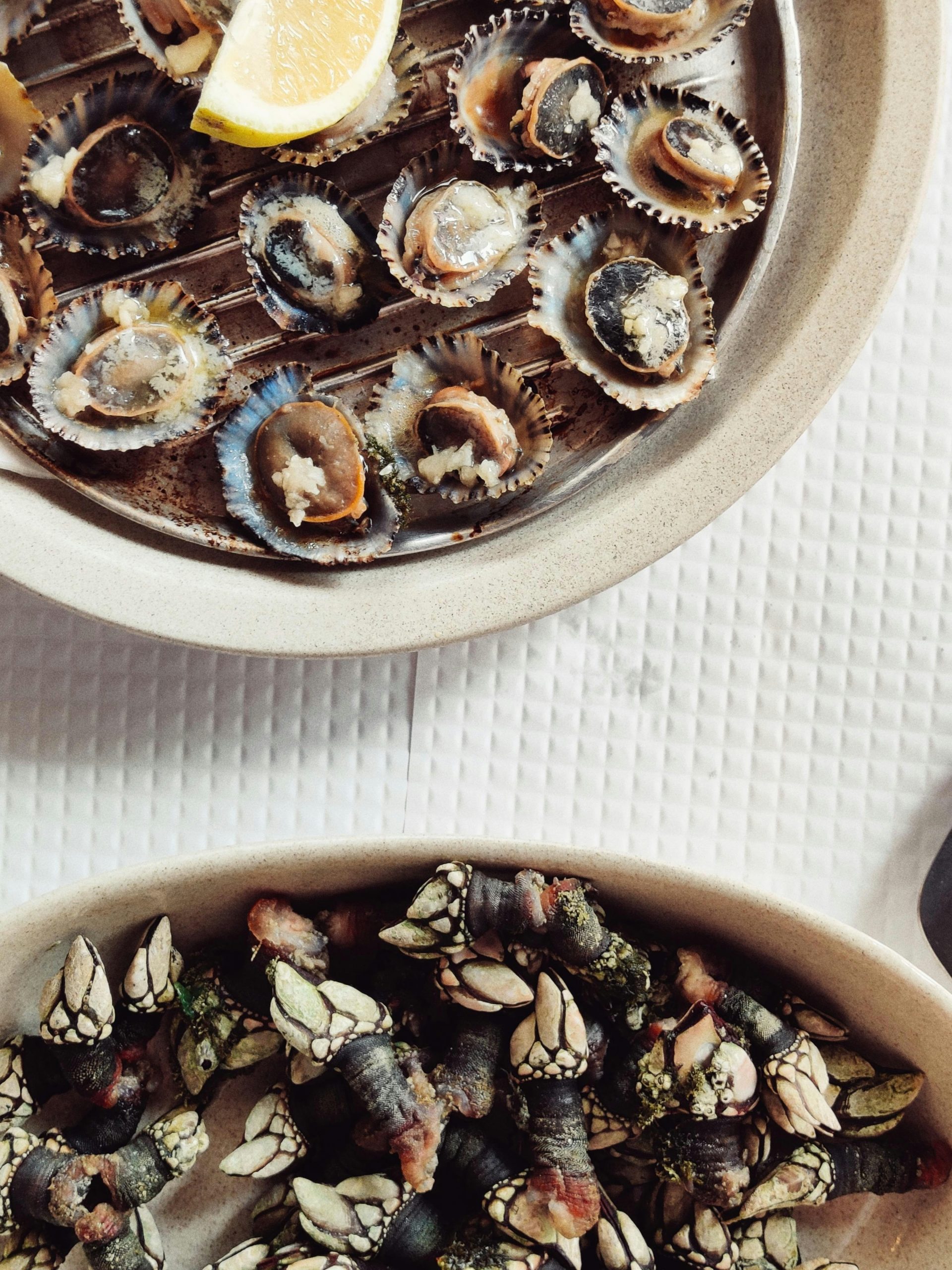
Don’t miss the iconic Pastéis de Nata (custard tarts). Head to Pastéis de Belém, a legendary bakery known for these treats since 1837. Enjoy the crispy, flaky pastry filled with rich, creamy custard, paired with a strong Portuguese espresso, known as bica.
Lisbon is renowned for its culinary delights. A food tour with Devour Tours – Lisbon is a great way to taste local dishes. Start at Mercado da Ribeira (Time Out Market) for fresh seafood, petiscos (Portuguese tapas), and regional wines. These tours often include stops at small eateries to try specialties like bacalhau à brás (shredded cod with potatoes and eggs) and pastéis de bacalhau (codfish cakes).
History hides at every corner
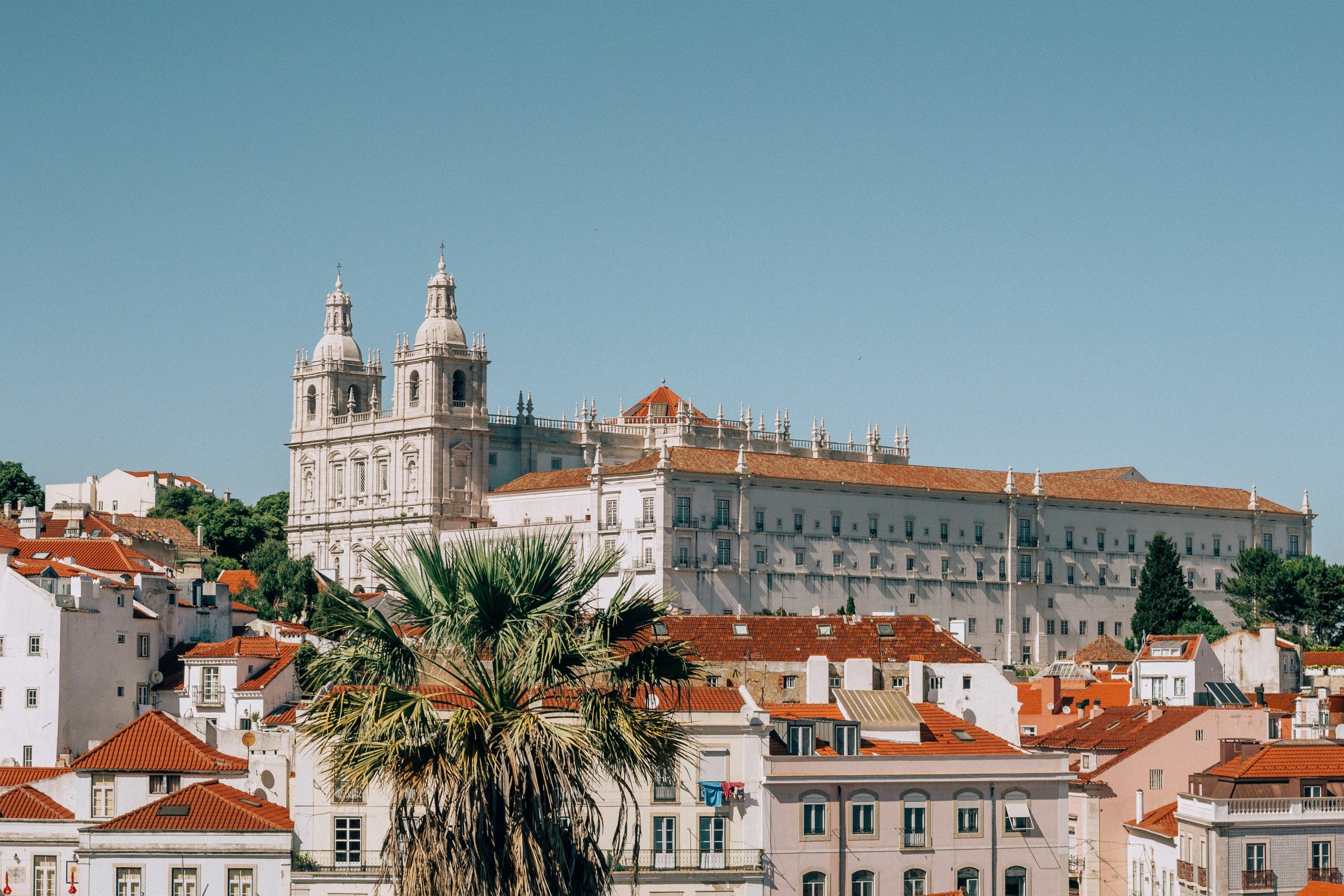
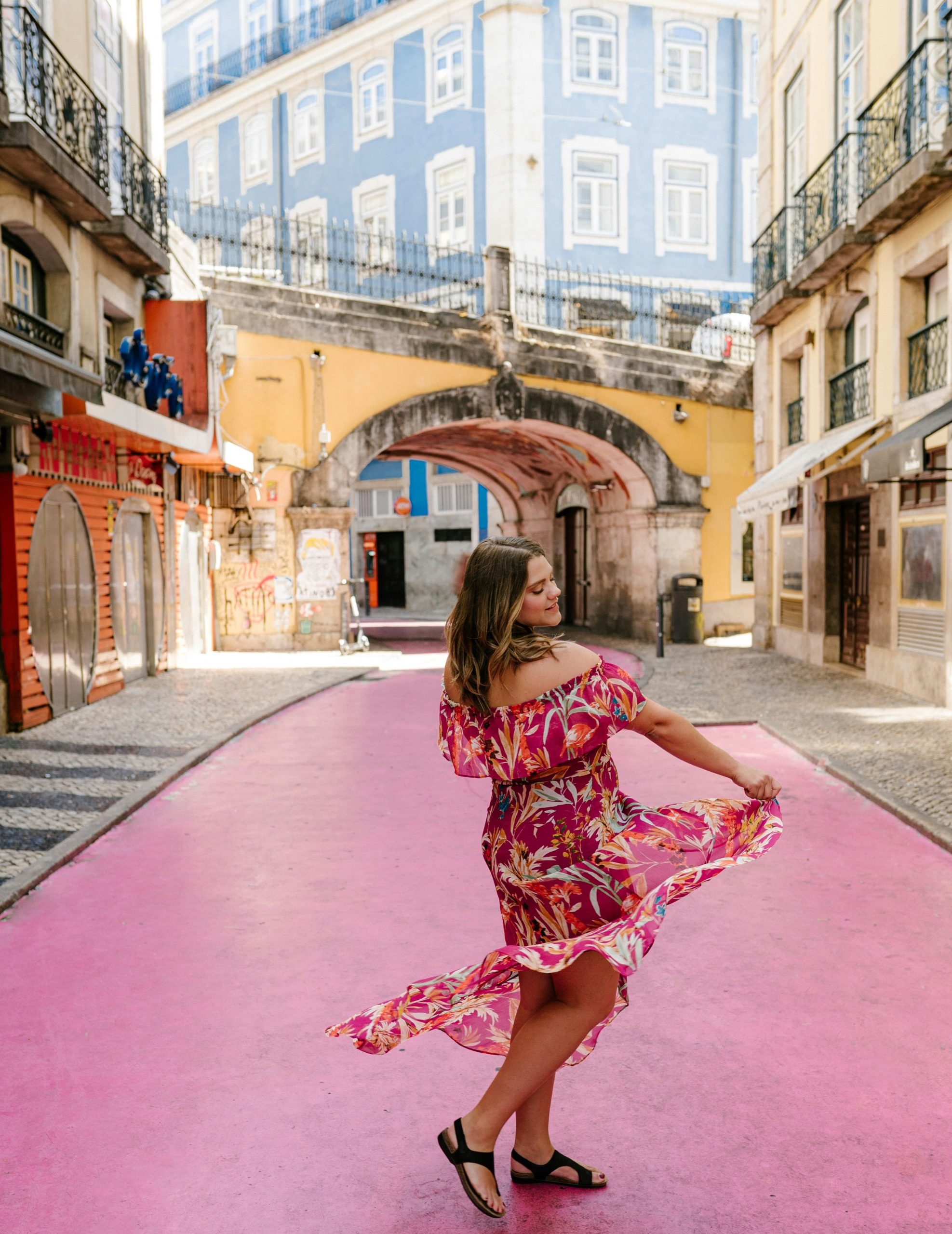
For a touch of history and opulence, visit the Royal Treasure Museum at Palácio Nacional da Ajuda. It features a stunning collection of royal jewels, gold artifacts, and regal memorabilia. Learn about Portugal’s monarchy and admire the intricate craftsmanship of the items on display.
Continue your tour with visits to Lisbon’s iconic landmarks. The Belém Tower, a UNESCO World Heritage site, once protected the entrance to Lisbon’s harbor. Its distinctive Manueline architecture is a testament to Portugal’s Age of Discoveries. Nearby, the Jerónimos Monastery, another UNESCO site, showcases magnificent Manueline style and houses Vasco da Gama’s tomb. Another option for the non-heights conscious explorer is the Pillar 7 Bridge Experience located on Lisbon waterfront, is a unique attraction that allows visitors to explore the iconic 25 de Abril Bridge from an entirely new perspective.
If you have time, visit Bairro Alto, Lisbon’s lively nightlife district. It comes alive after dark with narrow streets lined with bars, clubs, and restaurants. Enjoy a traditional Fado performance, a soulful genre of music unique to Portugal, and try a ginjinha (cherry liqueur).
Before heading back to the airport, relax at one of Lisbon’s stunning viewpoints. The Miradouro da Senhora do Monte offers one of the best panoramic views of the city, especially at sunset. Alternatively, take a ride on the historic Tram 28 through charming neighborhoods like Graça, Alfama, and Estrela.
We stayed at the Dom Pedro Hotel. This property exudes old world charm and as a participant in the stopover program you can receive 20% by using code STOPOVER23 when booking on the hotel website.
Lisbon’s unique blend of historic charm, modern vibrancy, and culinary excellence makes it an ideal stopover destination. With just 24 hours, you can see and do many rewarding things. So, when flying with TAP, take advantage and book a stopover in Lisbon.

